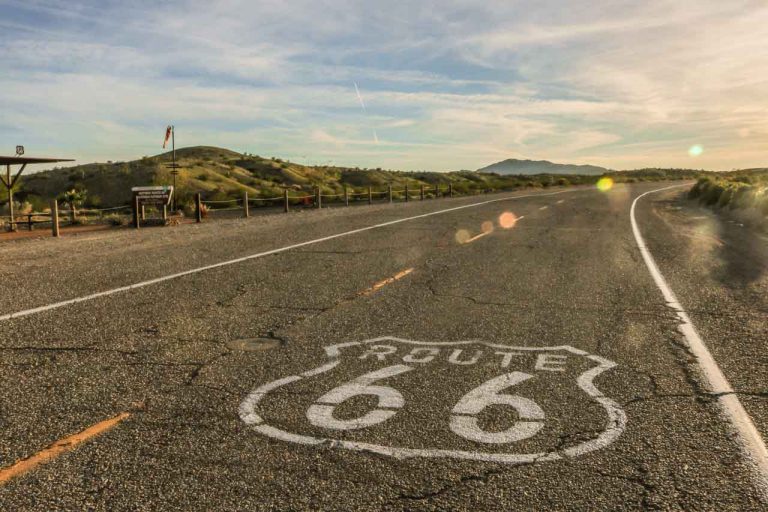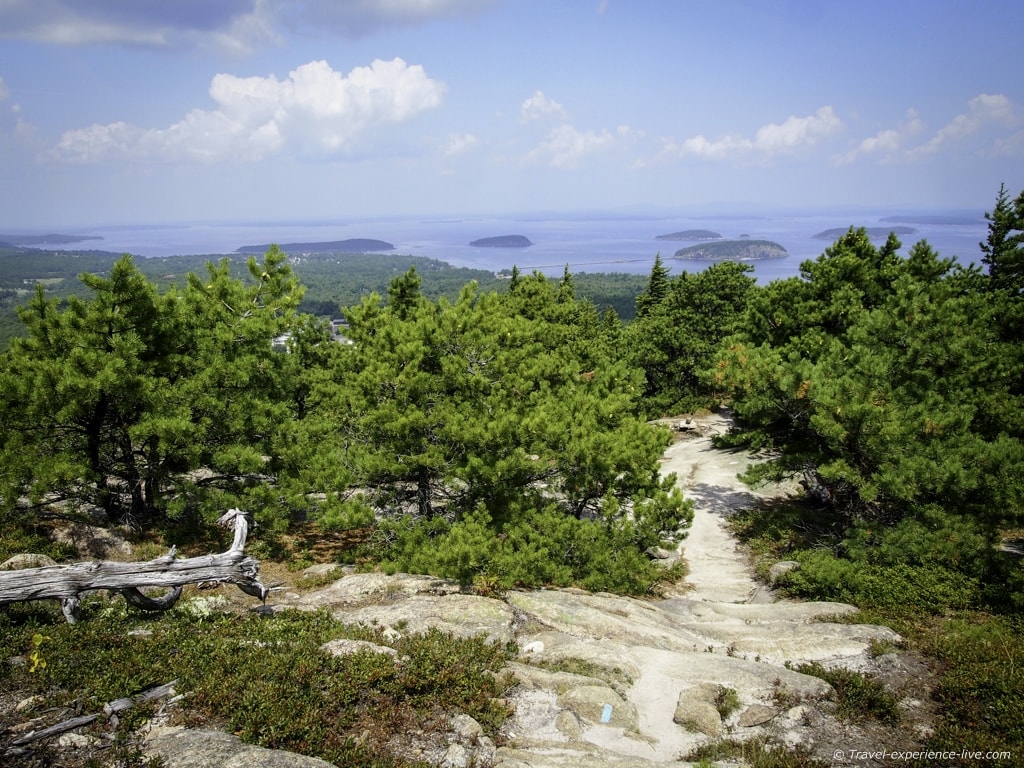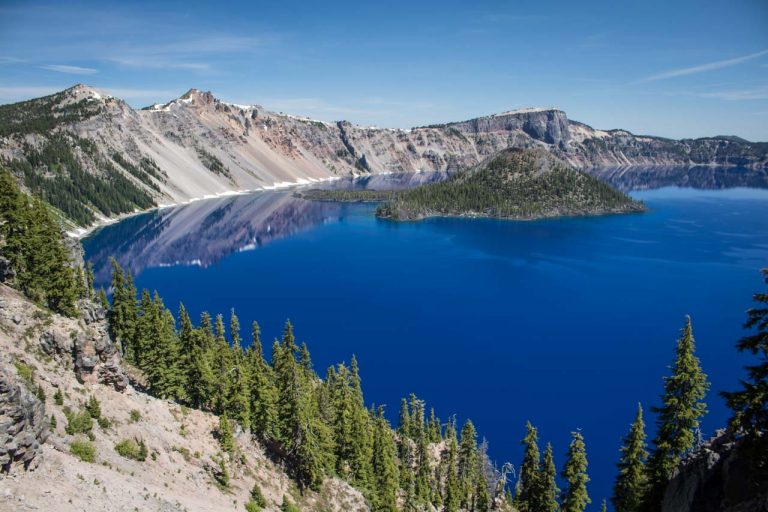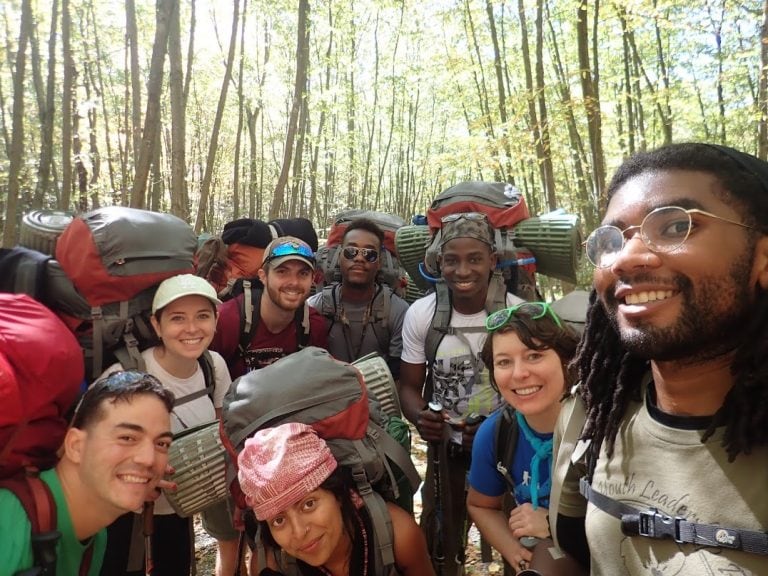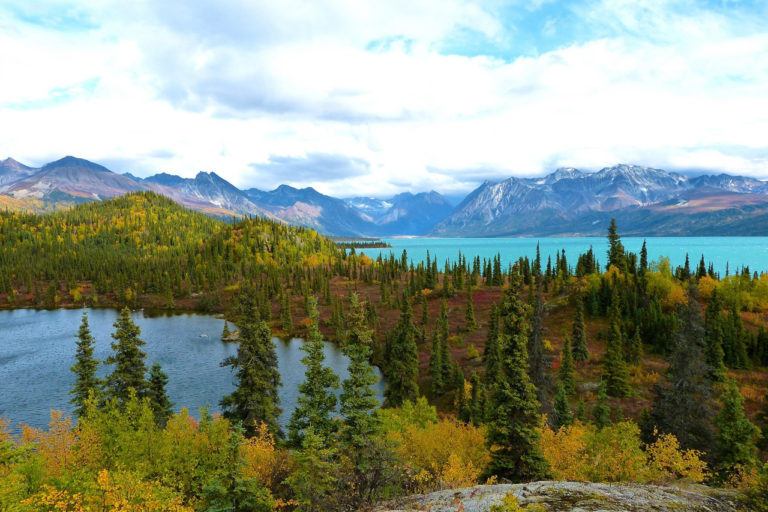11 Wonderfully Warm National Parks to Escape Winter
A summer road trip to one or more of the national parks is arguably the quintessential American holiday. And although summer is an amazing time to visit many parks, there are also numerous national parks that have beautiful warm winter weather.
While some parks become spectacular winter wonderlands, others attract sunseekers, beachgoers and people who relish the opportunity to explore landscapes that are simply too hot in summer.
Below, you’ll find the best national parks to escape winter, whether it’s to soak up some tropical sunshine, go on epic desert hikes or visit rain forests.
This blog post about the best national parks for warm winter weather contains affiliate links. You can read more about our Terms of Use / Disclosure here.
11 Warm National Parks to Visit in Winter
In addition to their excellent and comfortable winter weather, many of the following national parks also see reduced crowds in winter.
With some exceptions, particularly the Florida national parks, most parks are significantly less busy in winter than they are in spring, summer and/or fall. This is, of course, an added benefit to the warm weather and beautiful scenery.
The greatest national parks to visit for warm winter weather can roughly be divided into two main categories.
There are the spectacular parks of the Southwest and California, whose hot deserts deter most visitors in the summer season. The second category encompasses the amazing tropical national parks in southern Florida and Hawaii.
Top 5 Warm Desert National Parks to Escape Winter
Winter is a wonderful time to head to the sprawling desert parks of the Southwest and California. Uncomfortably, even dangerously, hot throughout summer, they turn into fun outdoor playgrounds during the winter.
Although winter nights can be quite cold in these parks, the days are often filled with sunshine. Comfy temperatures allow for all kinds of adventures, from sand boarding and rock climbing to desert hiking, biking and wildlife watching.
5. Big Bend National Park, Texas
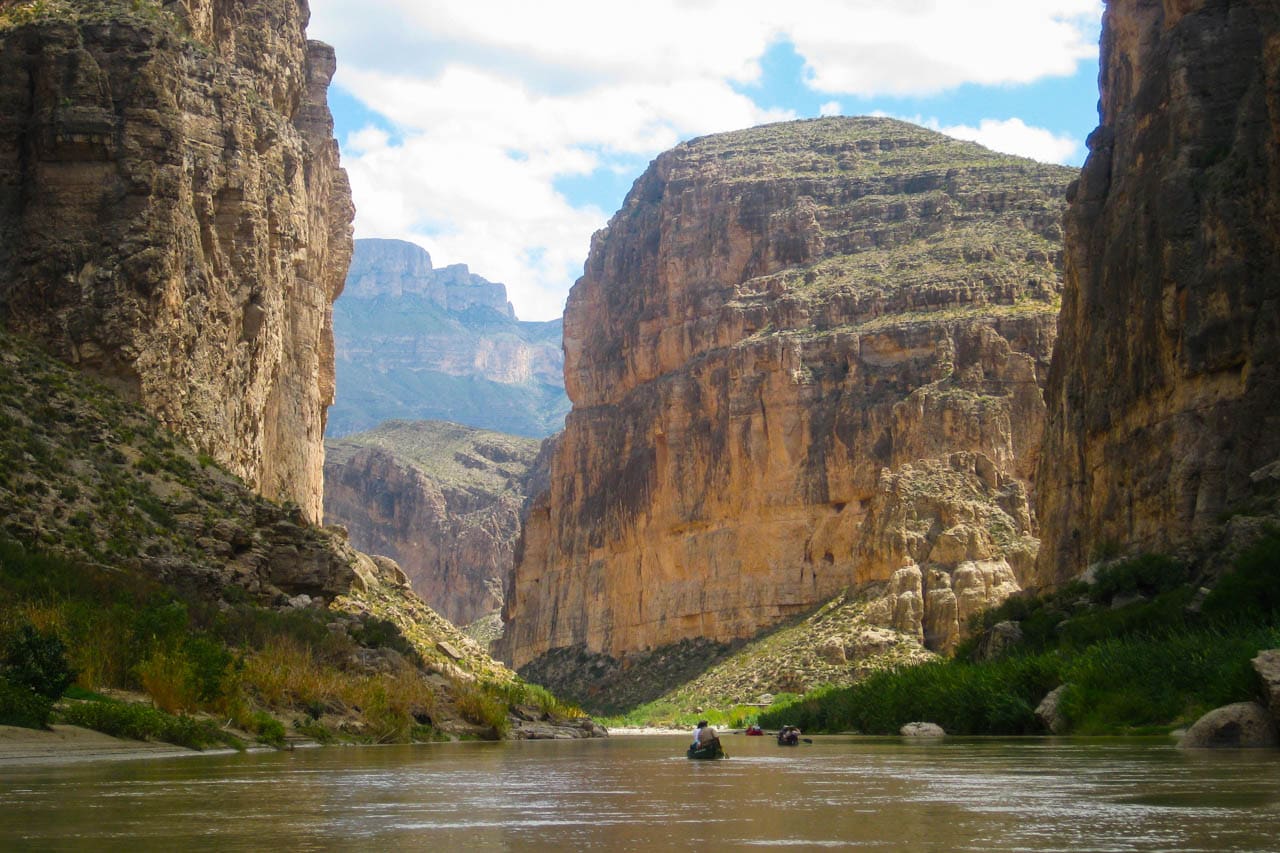
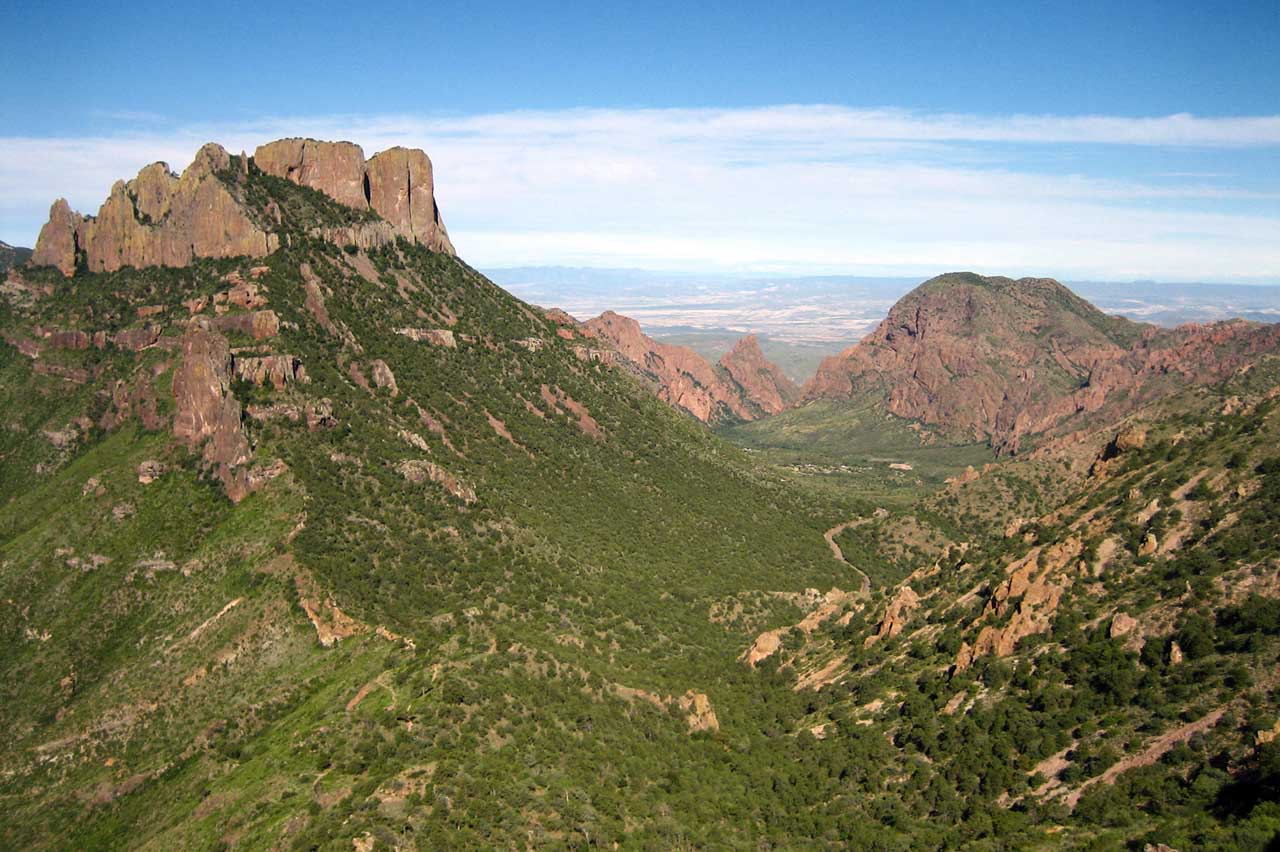
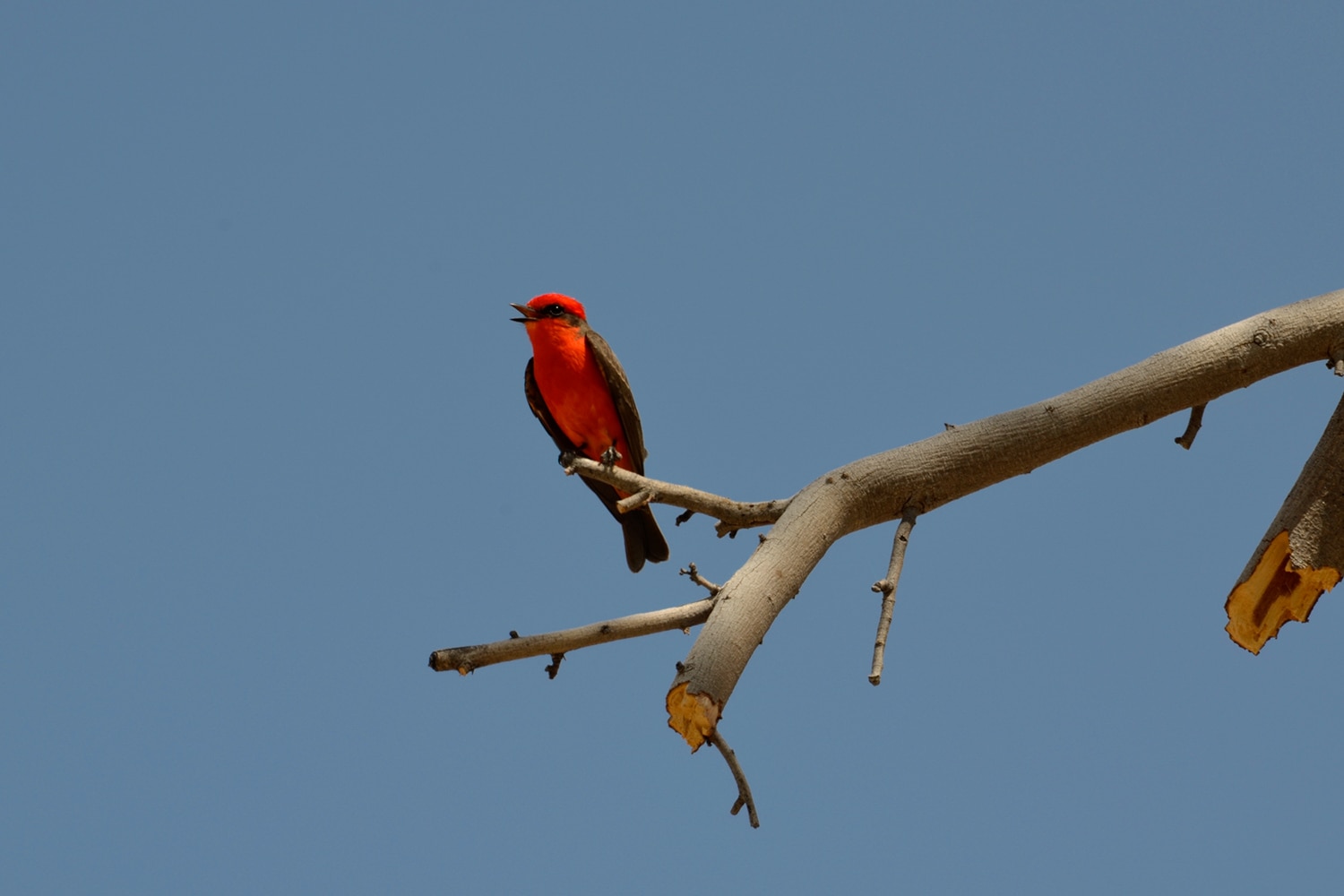
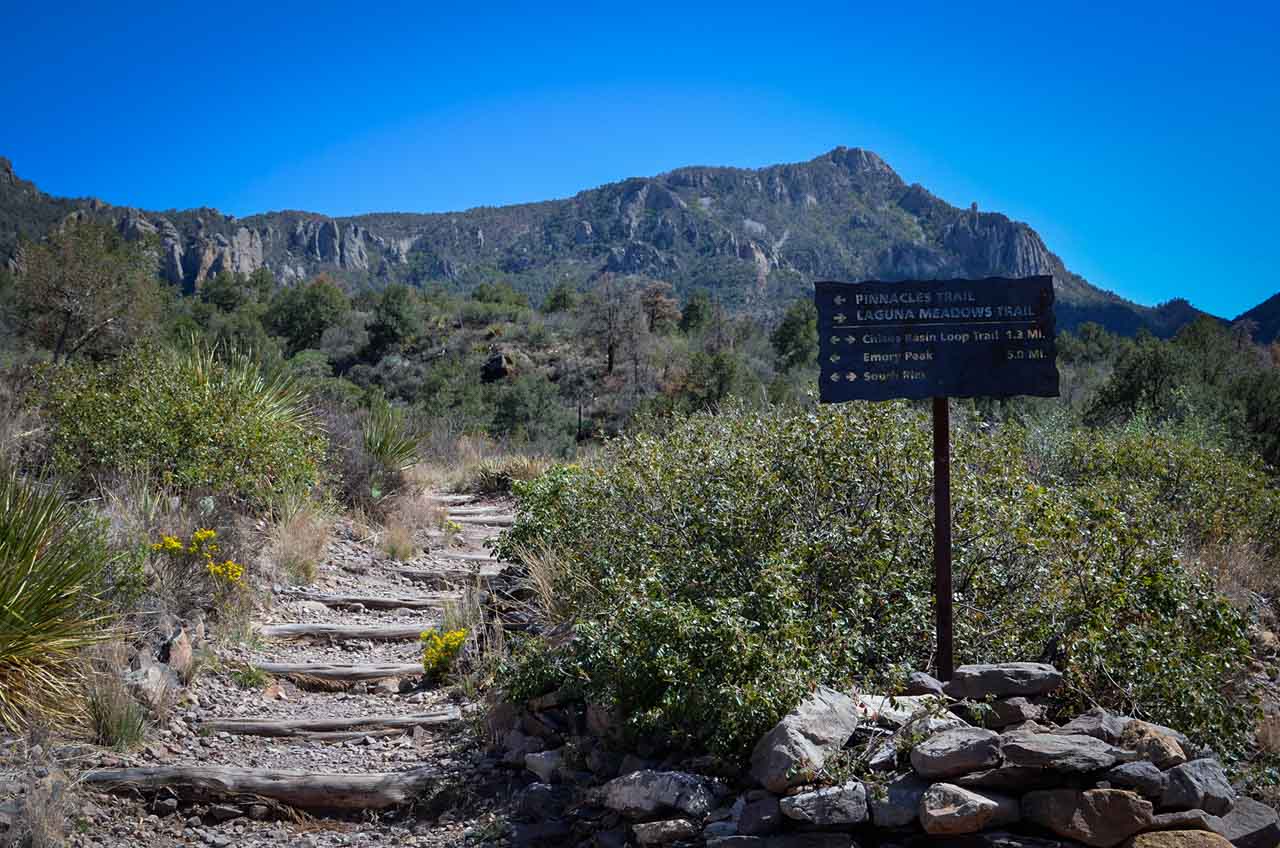
Winter in Big Bend National Park is usually sunny, pleasant and mild. Although days with clouds and near-freezing temperatures do occasionally occur, the general Big Bend National Park winter weather is relatively warm and enjoyable.
Average maximum temperatures from December through February are well into the 60s, while those are also among the driest months of the year. This makes winter a fantastic time to go hiking and boating in Big Bend.
Other popular activities in the park include bird watching, fishing, stargazing, horseback riding and scenic drives.
When visiting Big Bend in winter, you can explore spectacular canyons, rugged desert plains and mountains on the border of the U.S. and Mexico.
All in all, Big Bend National Park in winter is fantastic. It’s a beautiful season to explore this underrated and less-visited park in along the Rio Grande in southwestern Texas.
More About Big Bend National Park
4. Joshua Tree National Park, California
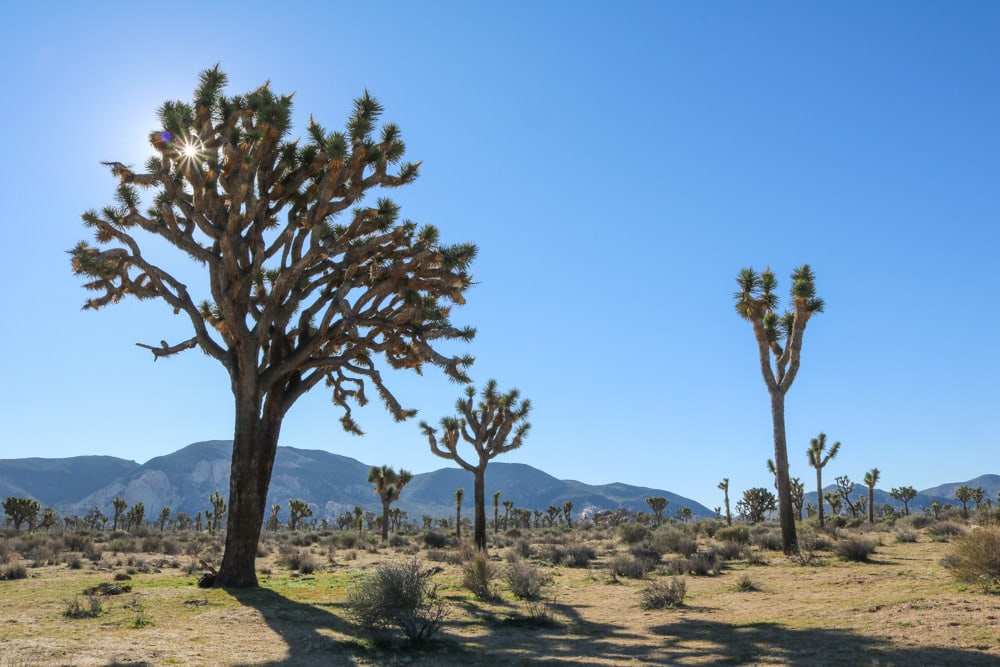
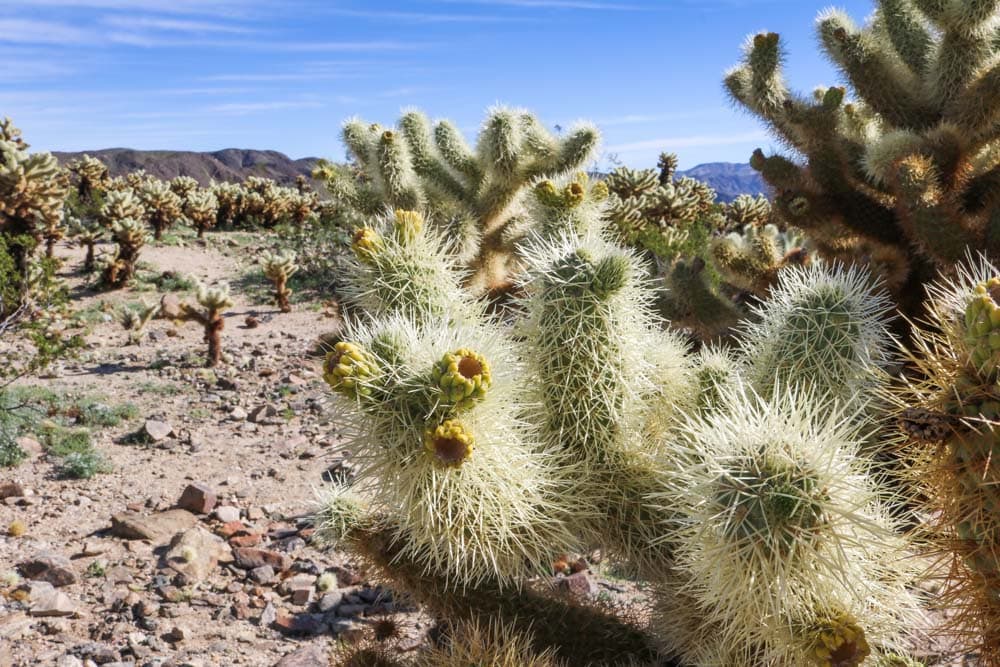
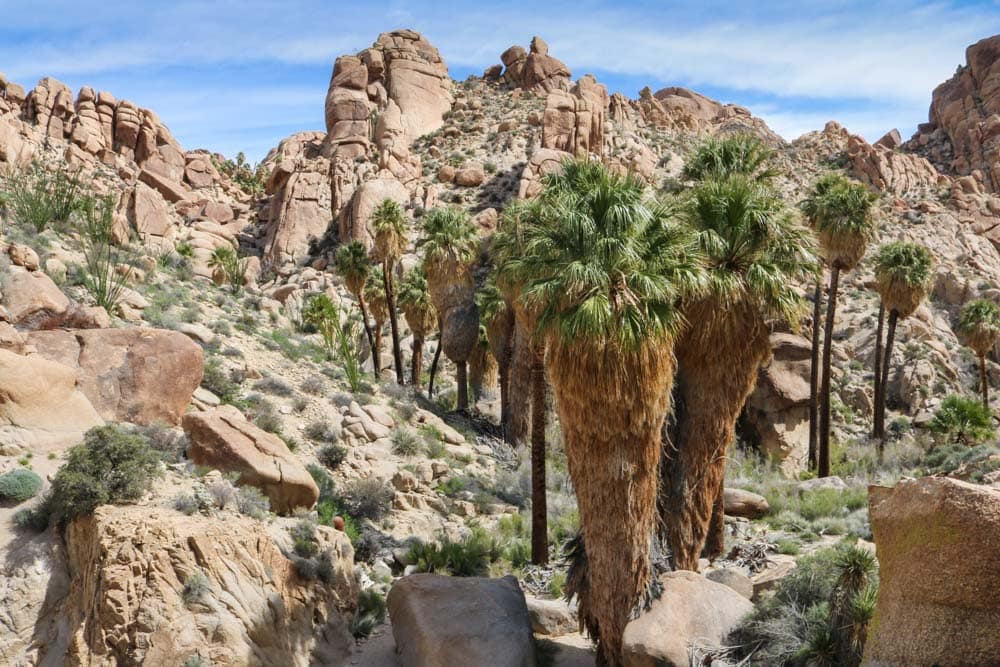
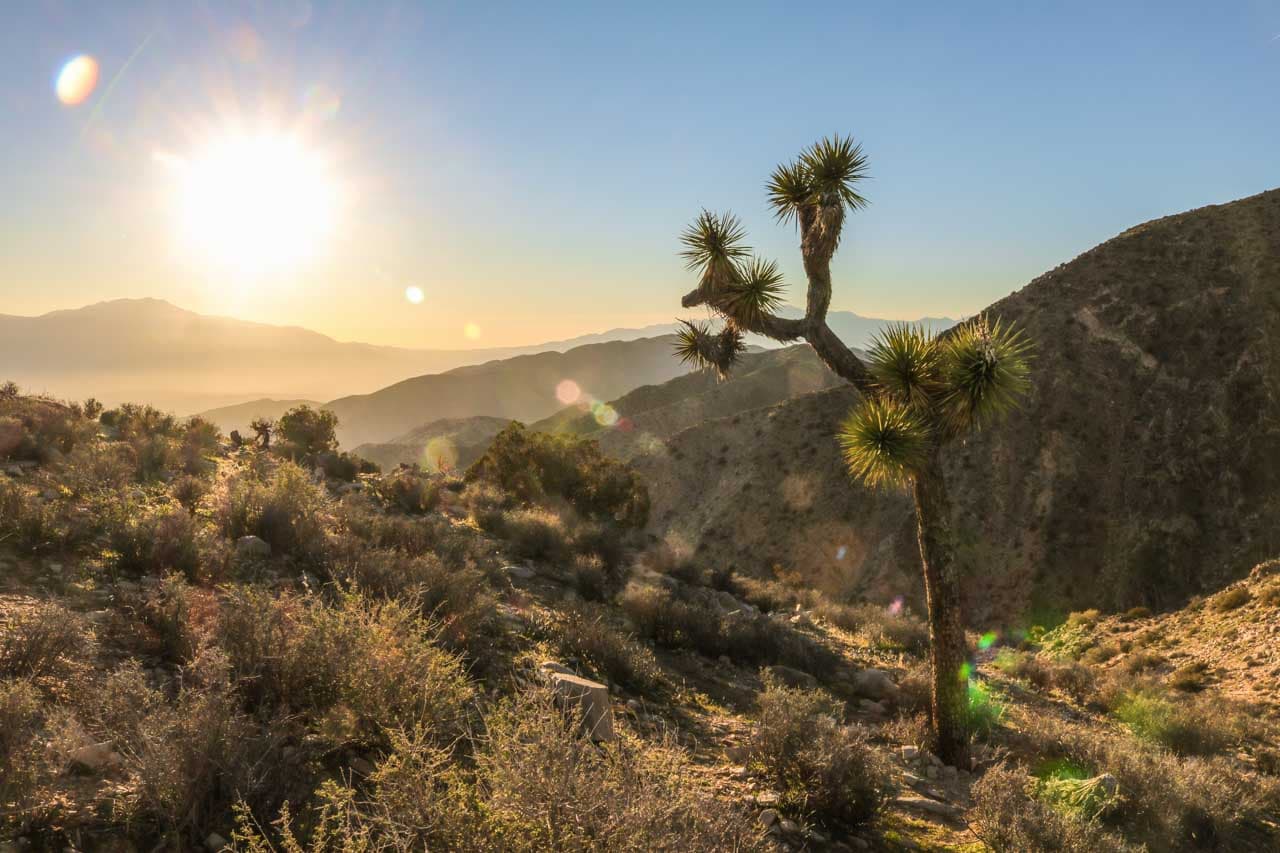
Southern California’s Joshua Tree National Park is ultra-popular in spring and fall, with a drop in visitation during the hot summer season.
Winter Joshua Tree is also a great time to visit this park, its daytime high temperatures ranging comfortably around the mid-60s.
Sunshine is abundant throughout the year here, but note that nights can get pretty cold in the desert. Snow may sometimes fall as well, but is rather uncommon.
There’s plenty to do in Joshua Tree National Park in winter. In fact, it’s not a stretch to say that all of the park’s possible activities can be done throughout winter.
This includes everything from camping, hiking, biking and horseback riding to rock climbing, slacklining, photography, wildlife watching and stargazing.
More About Joshua Tree National Park
- Park Website
- Travel Guide
- Topographic Map
- Best Joshua Tree Hikes
- Top Things To Do in Joshua Tree National Park
- Scenic Views in Joshua Tree National Park
- Accommodation
3. Saguaro National Park, Arizona
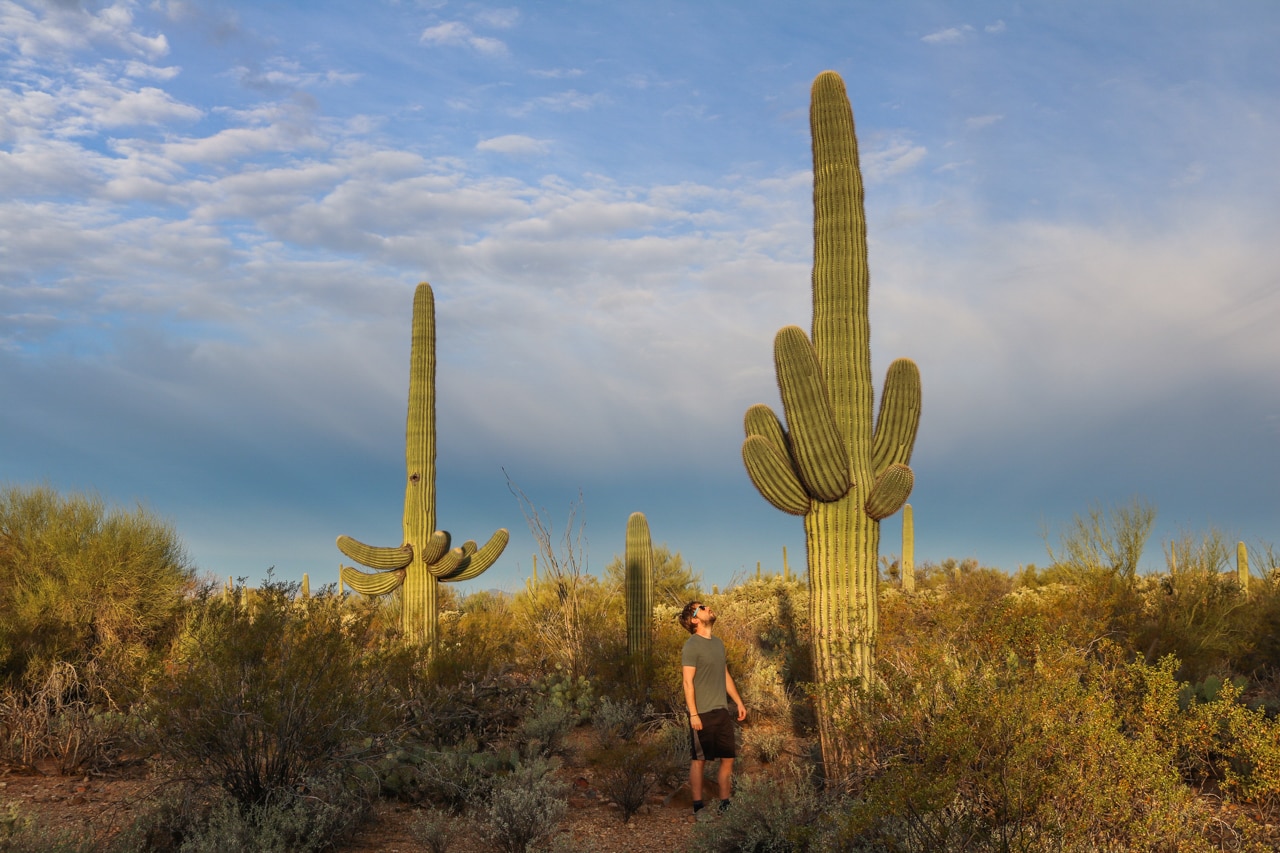
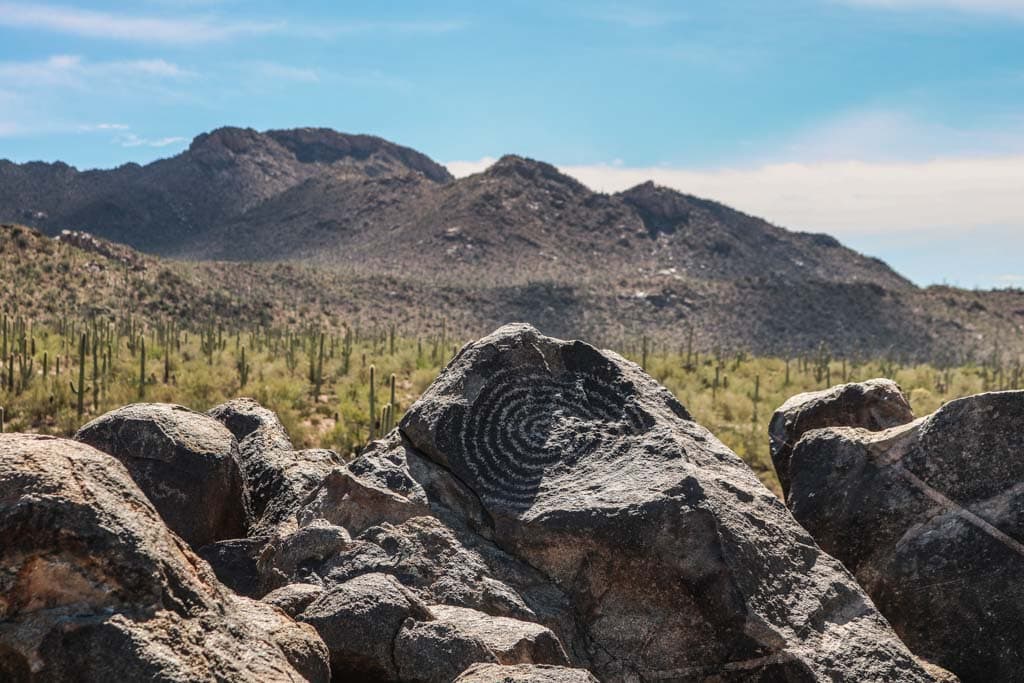
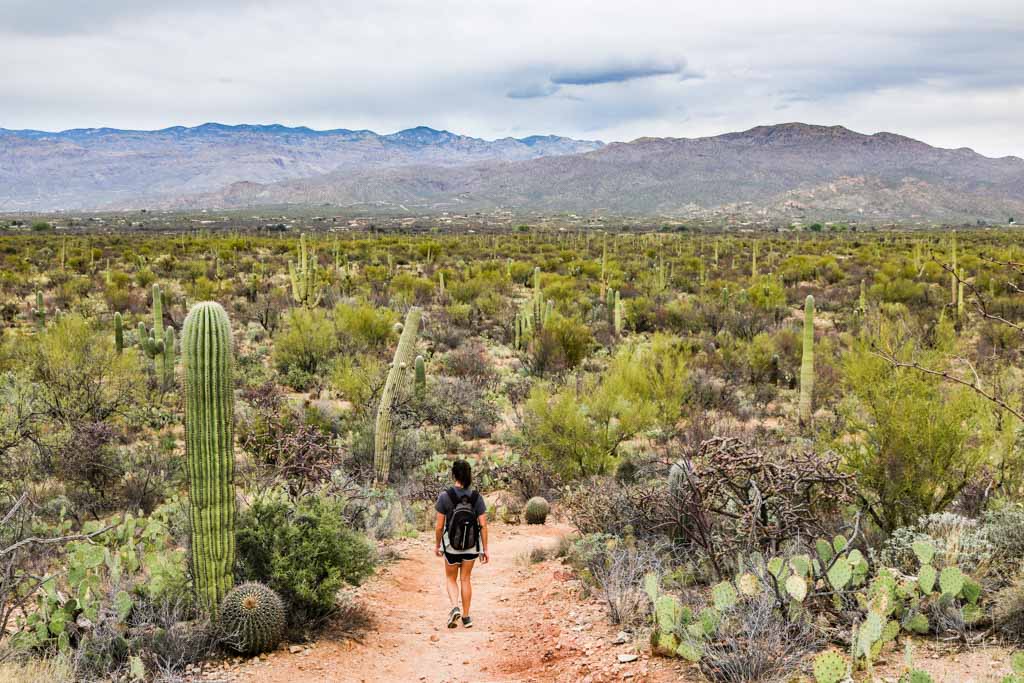
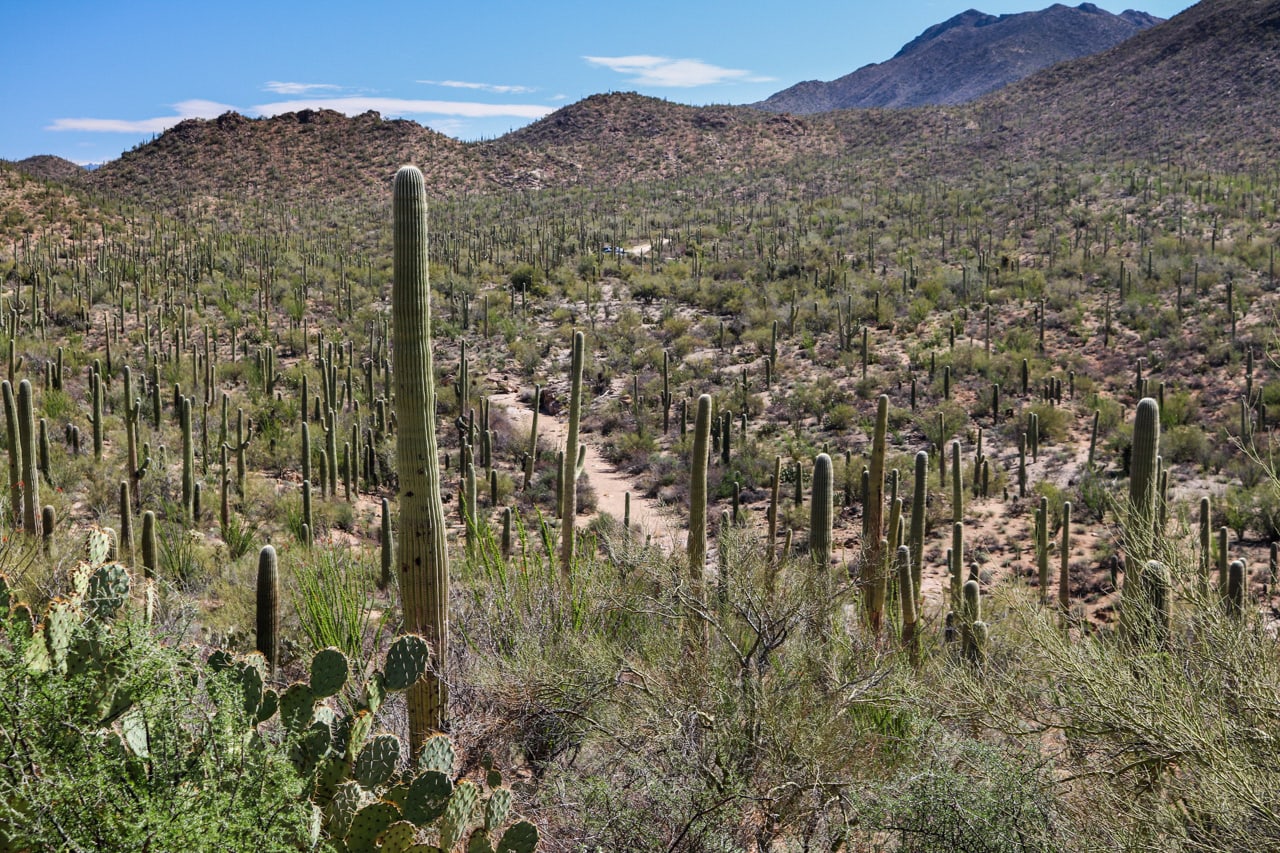
Thanks to its warm winter temperatures, Saguaro National Park in southern Arizona is at its busiest from November through March. Don’t let that deter you from visiting, though!
There are plenty of opportunities to get away from the crowds, which are still relatively small compared with other parks anyway.
You can enjoy the amazing 65-degree afternoons on the many excellent hiking trails in Saguaro National Park. Especially the King Canyon Trail to Wasson Peak, the Loma Verde Loop and Tanque Ridge Trail are great for escaping the busy roadside areas.
Additionally, its two separate districts—the Tucson Mountain District (West) and Rincon Mountain District (East)—both located on either side of Tucson, Arizona, have their own scenic drive. Both roads are open to motorists and cyclists alike.
More About Saguaro National Park
- Park Website
- Travel Guide
- Topographic Map
- Best Saguaro Hikes
- Top Things To Do in Saguaro National Park
- Accommodation
2. White Sands National Park, New Mexico
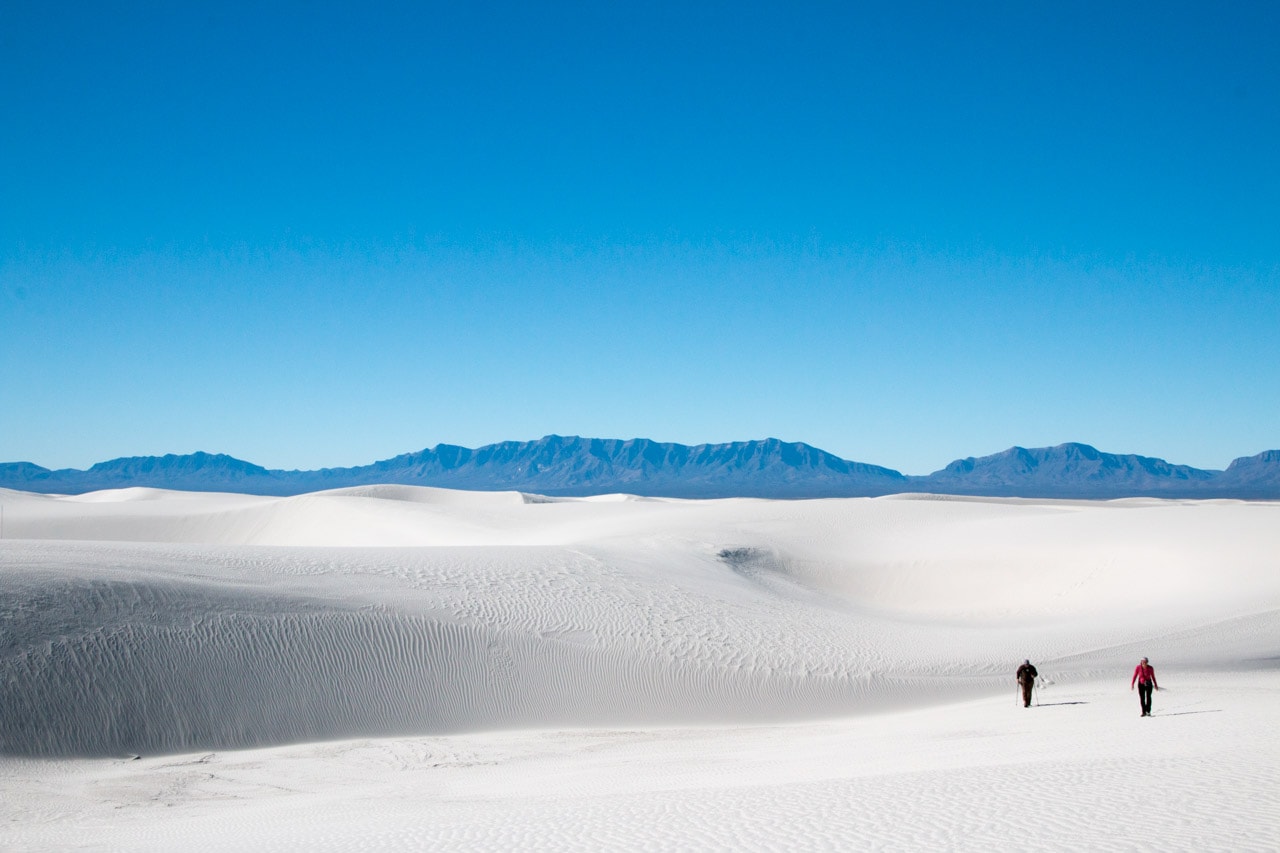
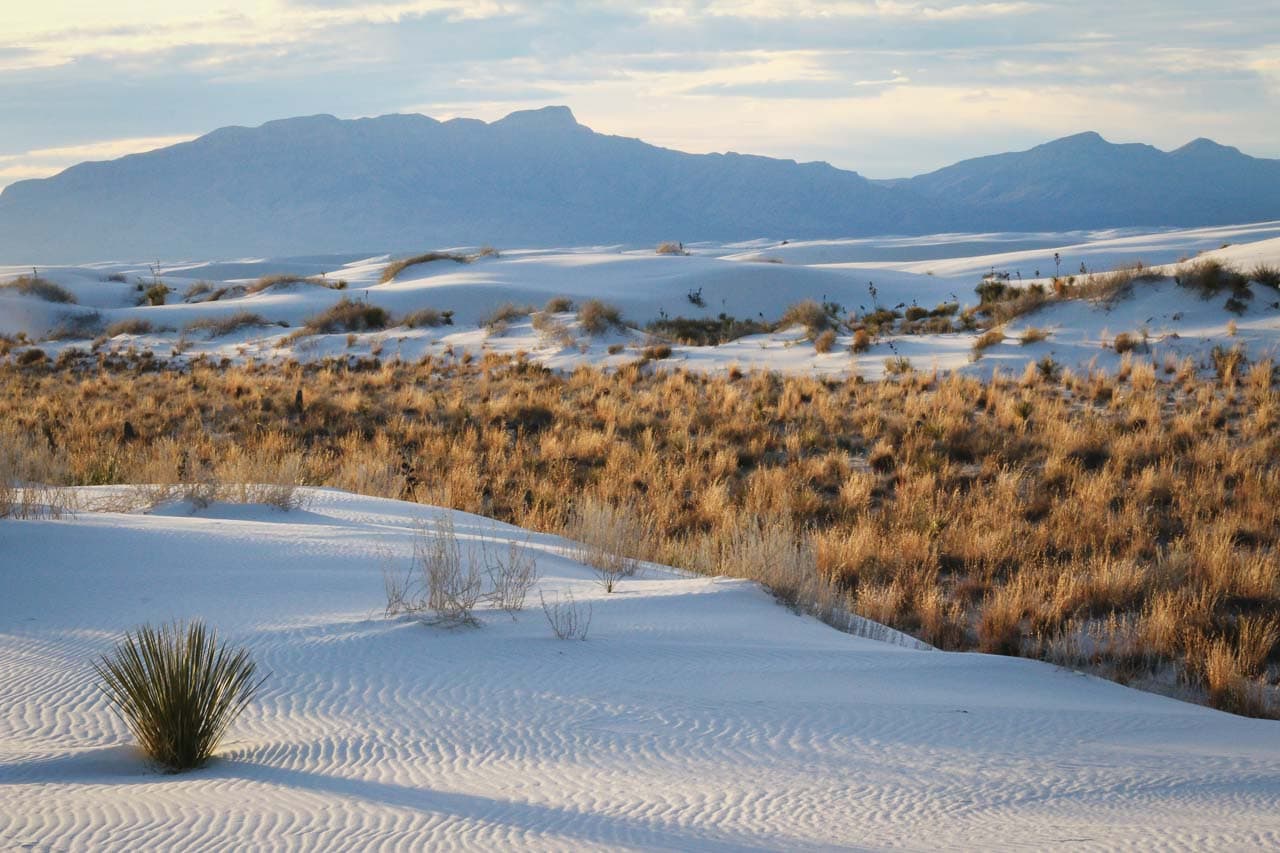
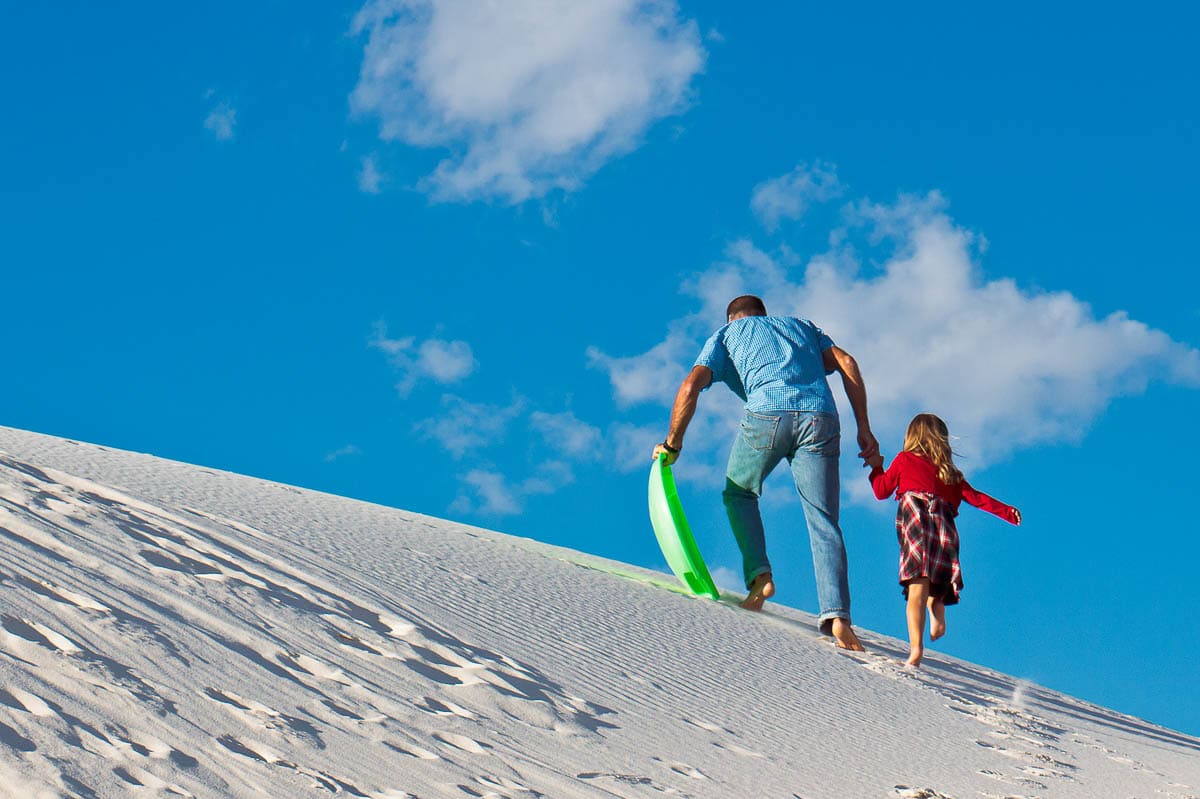
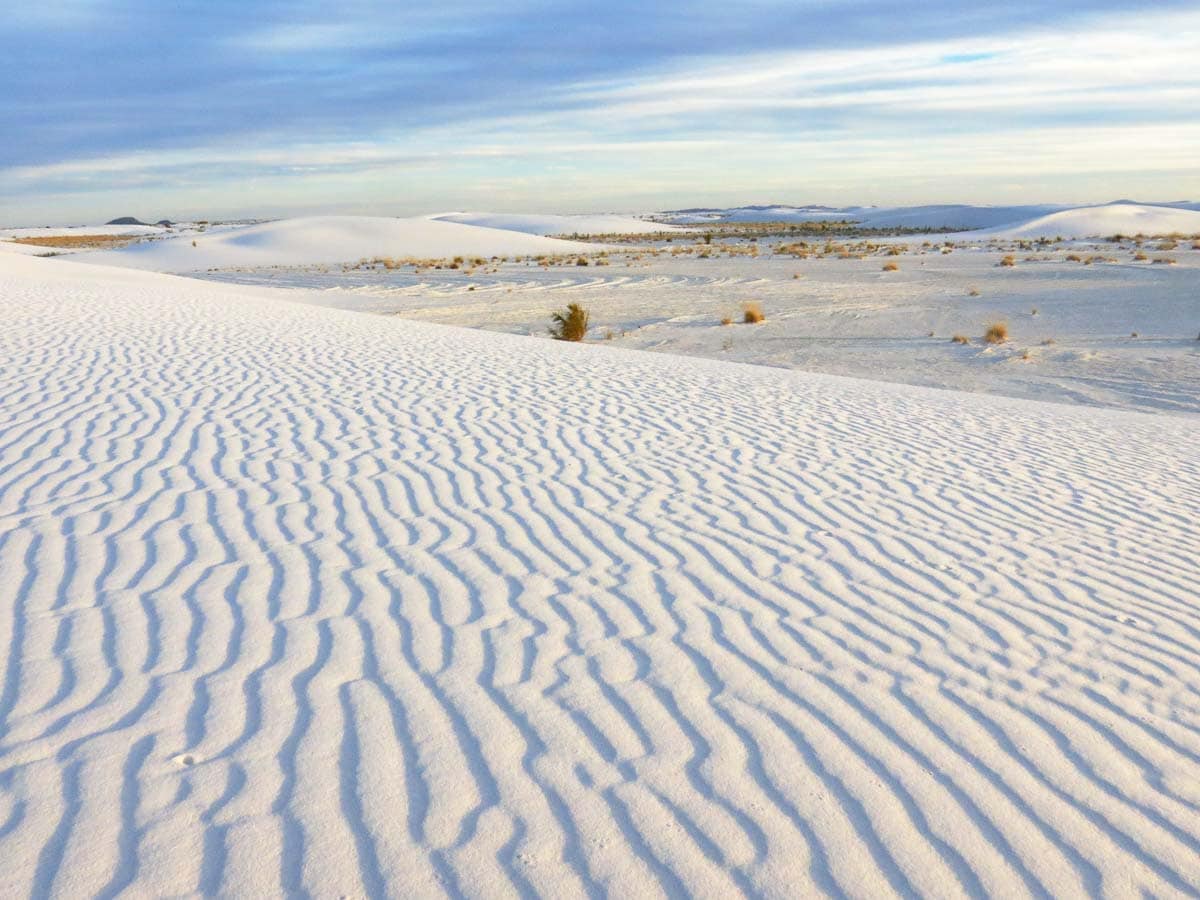
Looking for a warm national park that still offers a white Christmas experience, albeit an atypical one? White Sands National Park it is!
Although you’re unlikely to see actual snow on these extraordinary sand dunes, their bright white gypsum sand does remind imaginative visitors of snow-covered slopes. It’s essentially a warm winter wonderland in the southern New Mexico desert.
And if that’s not all, you can even go sledding here. Sand sledding on the soft sand of the White Sands dunes is one of the park’s most popular things to do. Just like you would in actual winter sports resorts, make sure to bring sunscreen and sunglasses.
Note, though, that nights do get rather cold in White Sands National Park in winter.
Comfortable daytime temperatures, on the other hand, allow for outdoor activities like the above-mentioned sledding, as well as dune hiking, bicycling, picnicking and photography.
More About White Sands National Park
1. Death Valley National Park, California
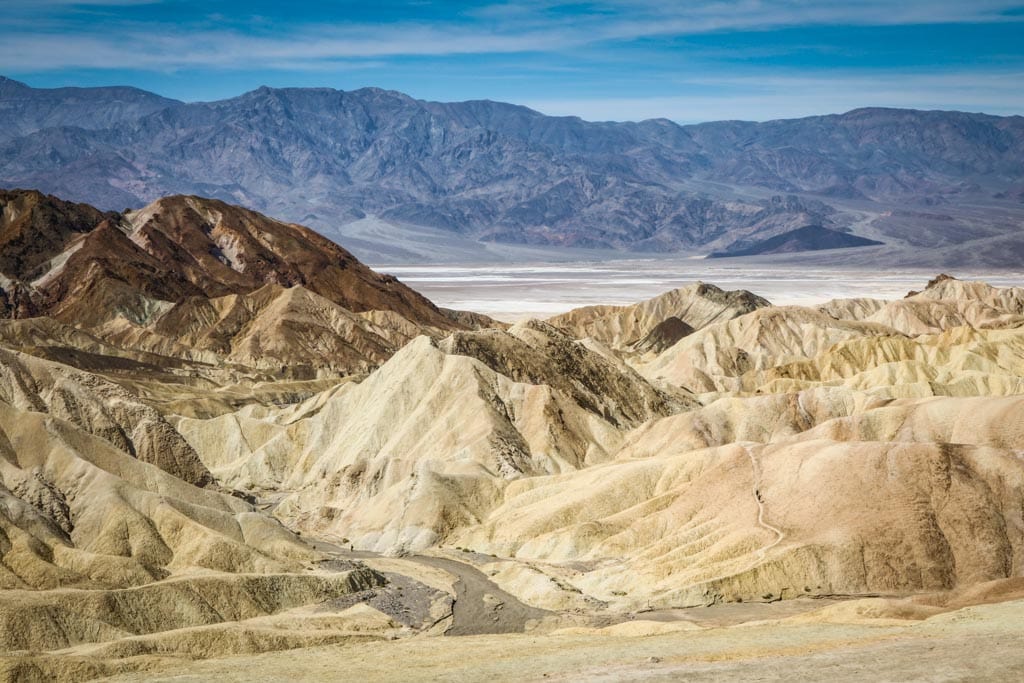
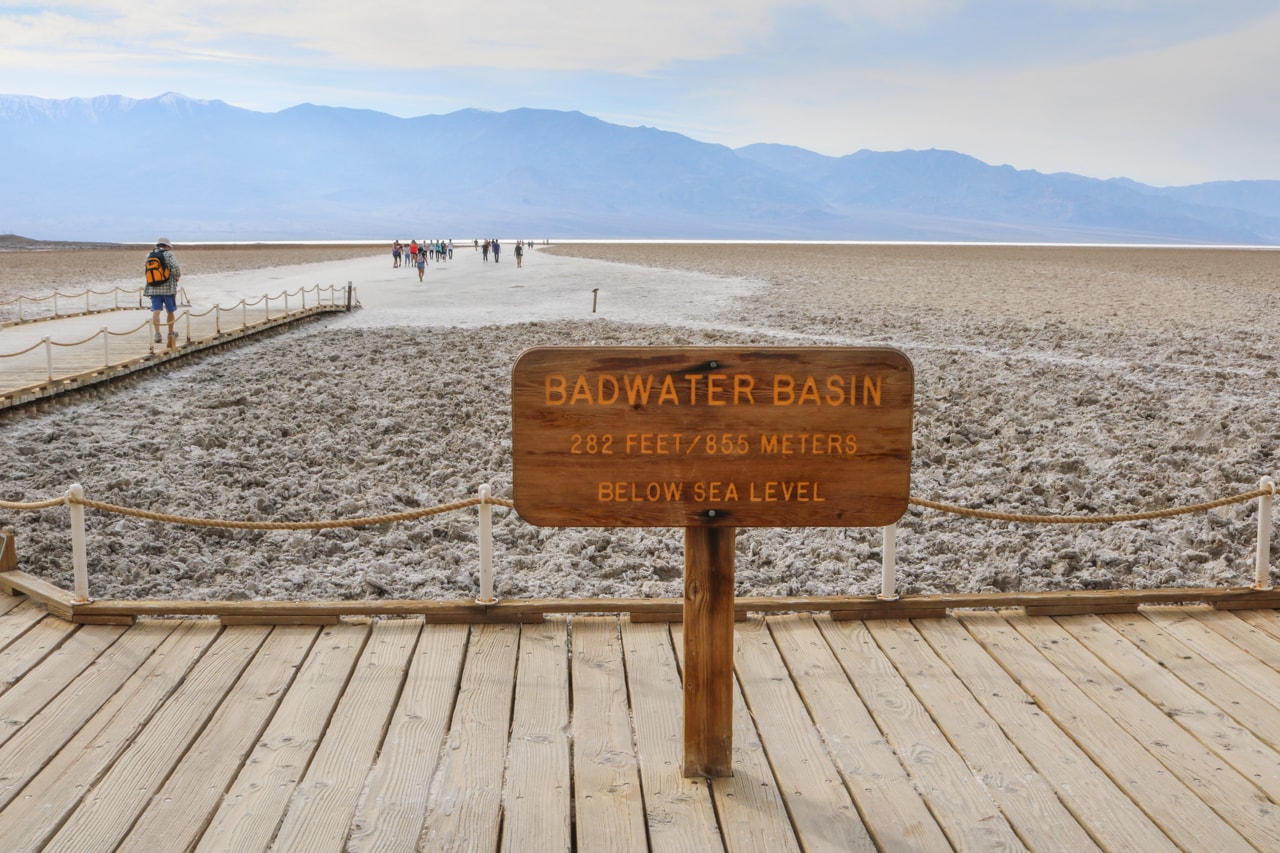
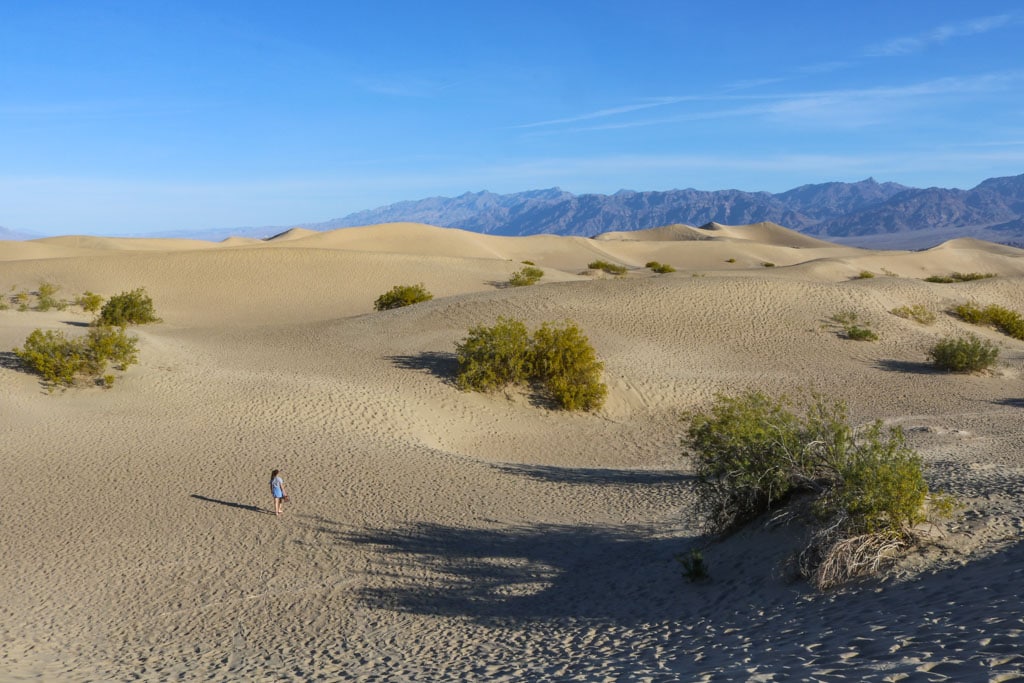
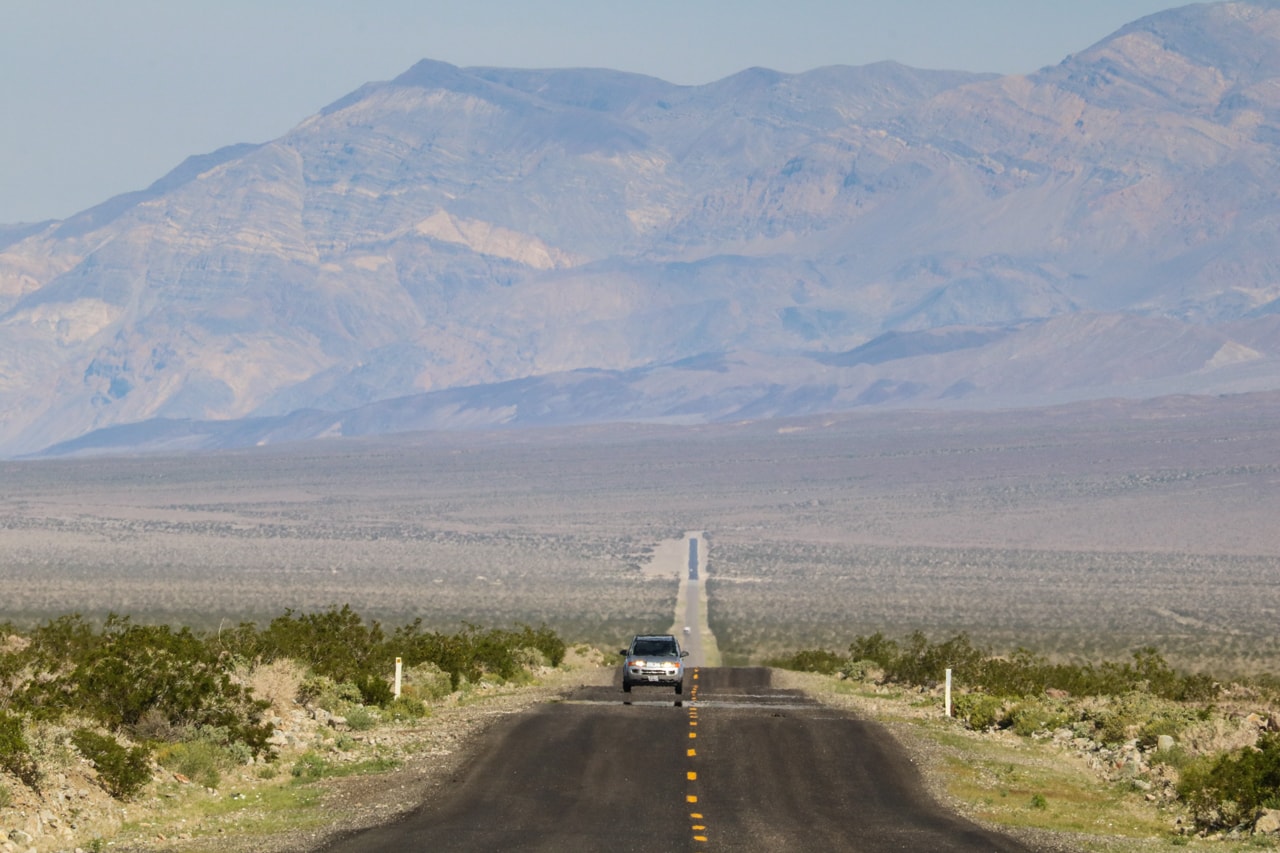
In summer boasting some of hottest and driest weather in North America with temperatures exceeding 130 degrees, Death Valley in winter is an entirely different story.
Temperatures are still very pleasant—December is the coldest month of the year, but still has an average high temperature of 65 degrees—yet the peaks of the park’s towering mountains might be covered with snow.
Low-angled sunlight creates stunning patterns of shadows in the badlands below Zabriskie Point, in Badwater Basin and in the Mesquite Flat Sand Dunes, just to name a few popular places in Death Valley.
Long and dark nights, often without clouds, make for some of the best night sky viewing opportunities in America.
It is worth noting, however, that, although still comfortably warm, winter is the “wettest” season in Death Valley National Park. January and February have the most precipitation, which often arrives in the form of short but heavy rainstorms.
The period from Thanksgiving to Christmas is the quietest time of the whole year in Death Valley National Park.
The busiest winter visitation times in the park are between Christmas and New Year’s in December, Martin Luther King Day weekend in January and President’s Day weekend in February, the National Park Service says. Visitors are encouraged to visit on weekdays rather than on weekends.
More About Death Valley National Park
- Park Website
- Travel Guide
- Topographic Map
- Best Death Valley Hikes
- Top Things To Do in Death Valley National Park
- Viewpoints
- Accommodation
Top 6 Warmest National Parks for Tropical Winter Getaways
If you’re looking for the perfect sunny winter destination, why not visit one of the following tropical national parks in winter?
Located in the nation’s tropical coastal regions and ocean archipelagos, they offer an incredible variety of activities, highlights and attractions.
From the two magnificent volcano national parks in Hawaii to the turquoise waters of southern Florida, they are undoubtedly the very best national parks to visit for warm winter weather.
6. Biscayne National Park, Florida
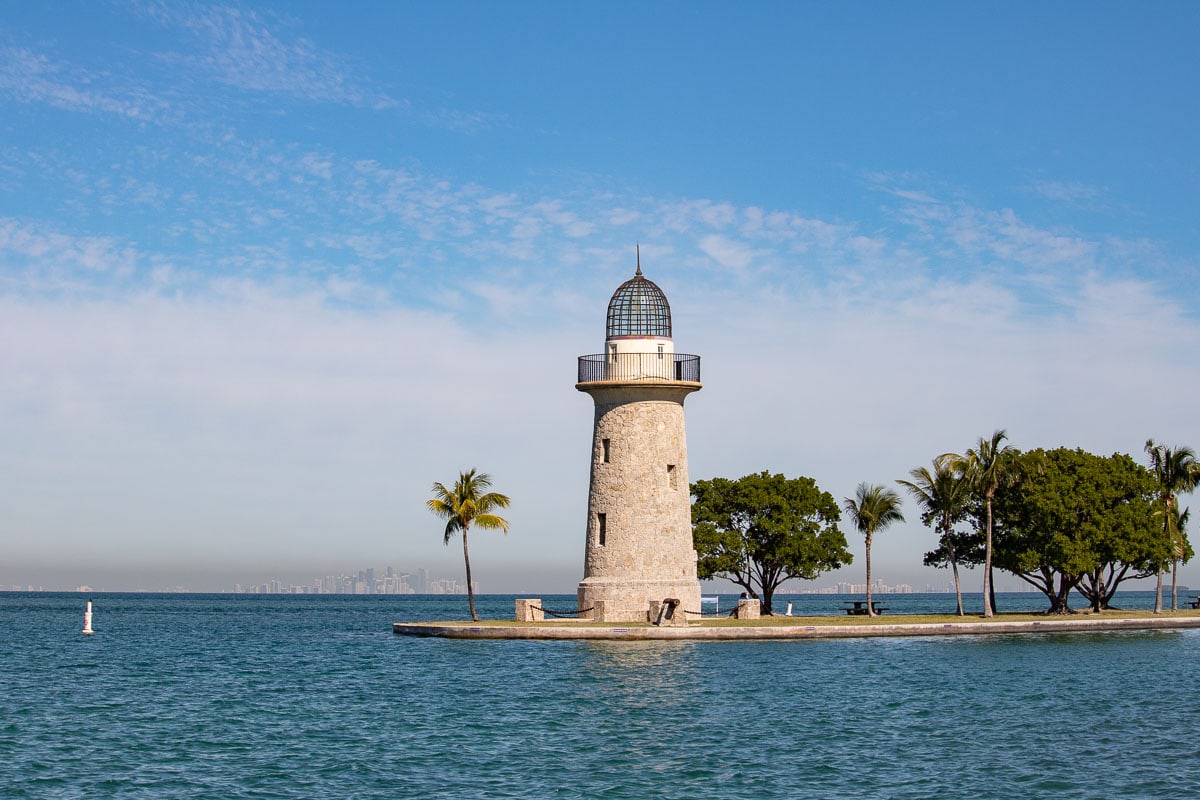
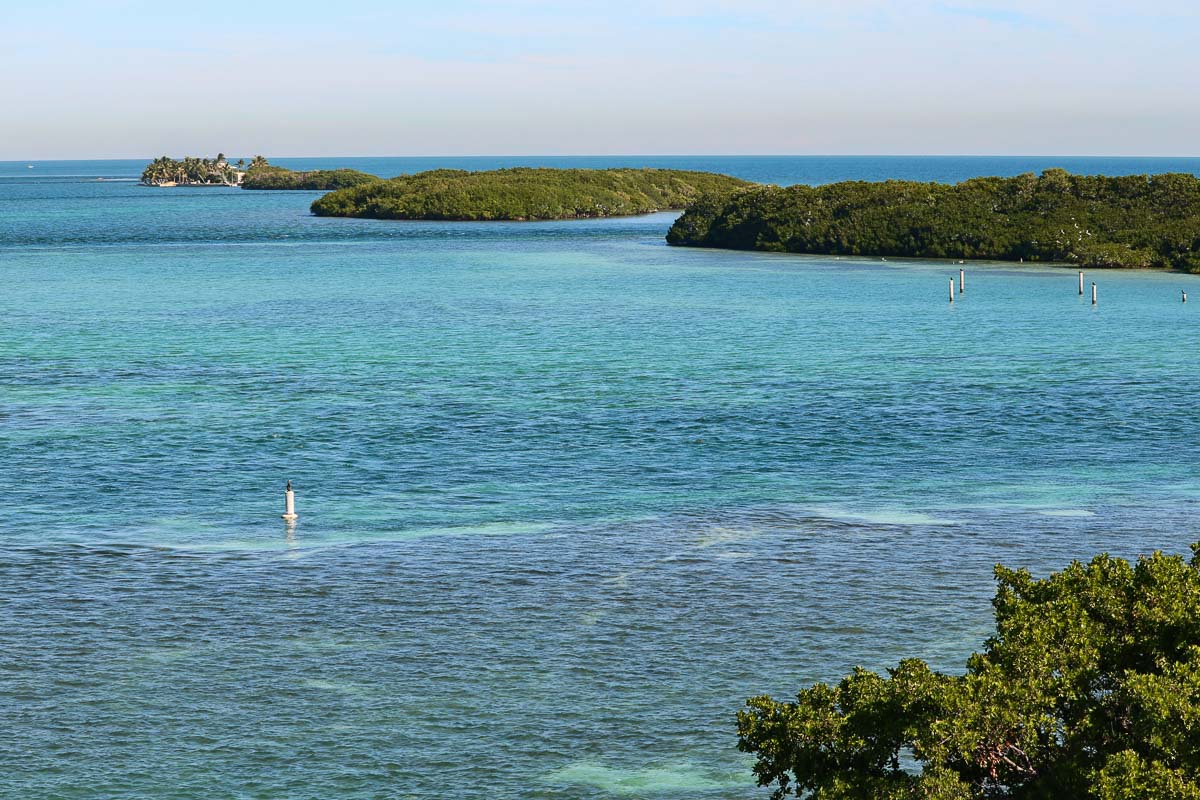
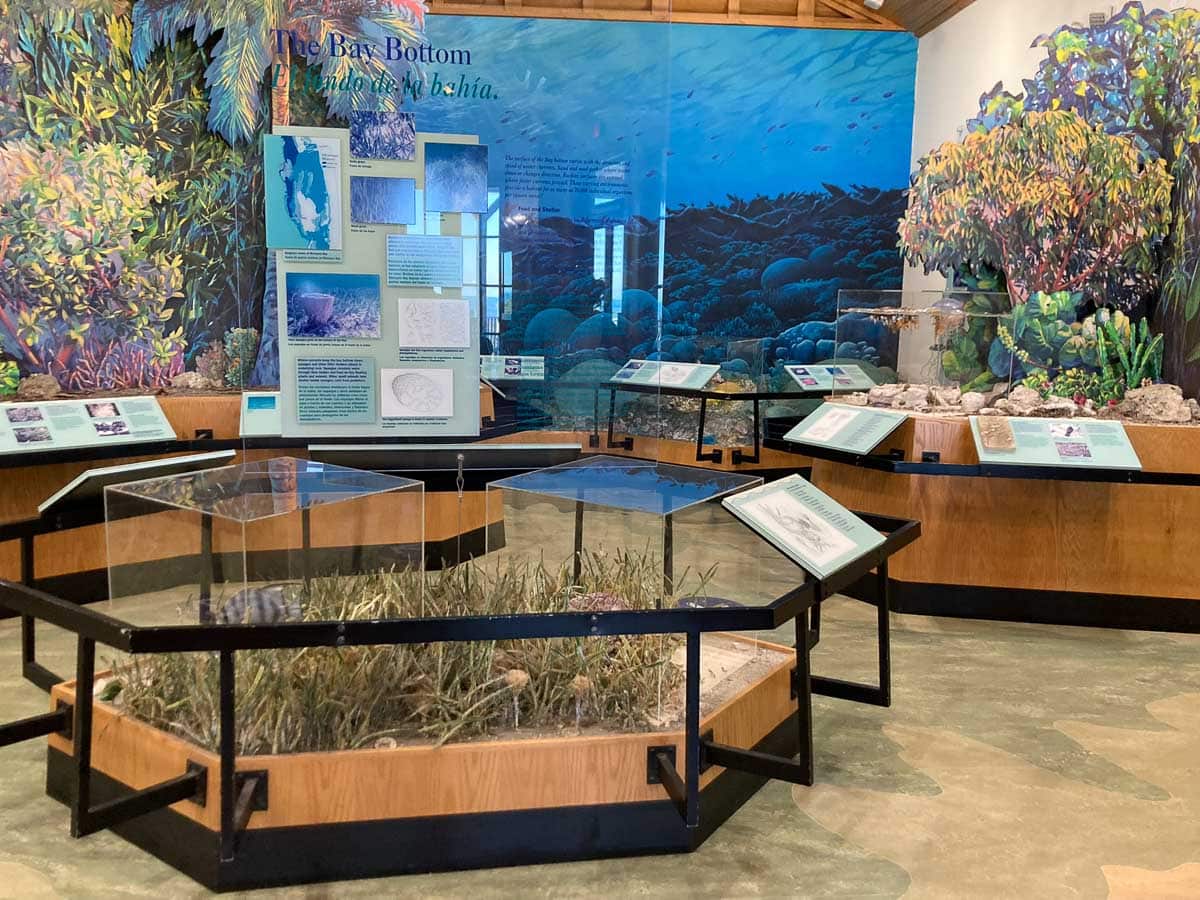
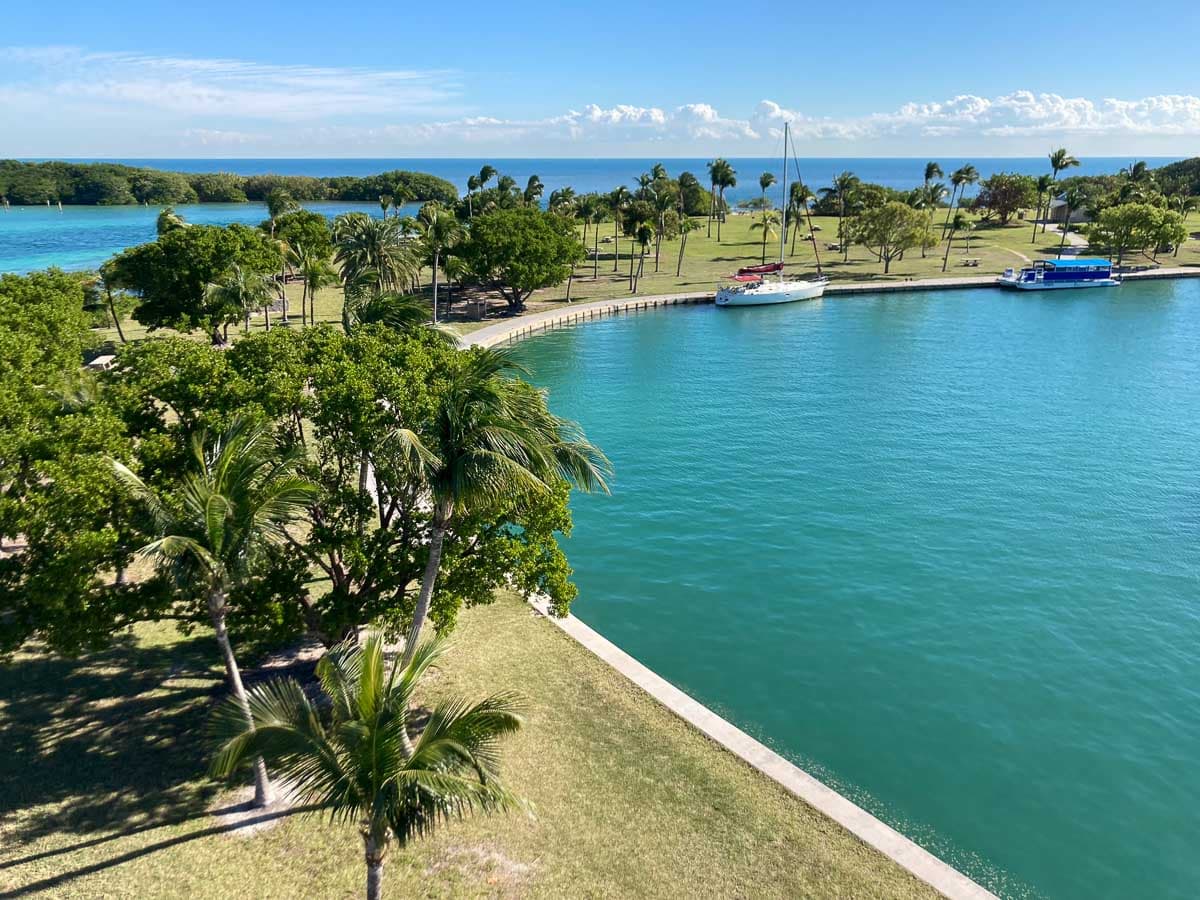
The reason why Biscayne National Park is “only” number five on this list of the best national parks for warm winter getaways is not its weather, but its relatively low number of activity options.
No less than 95% of this national park, which is just south of Miami, is water. Only 5% is land, including a small mainland stretch and several offshore islands.
Therefore, the only way to explore and experience Biscayne National Park is on boat trips.
A wide array of excursions leave from the Biscayne National Park Institute near the park’s visitor center, from glass-bottom boat tours to snorkeling and scuba diving trips and sailboat outings.
On these boat tours, you can enjoy the stunning seascapes of Biscayne Bay, both from the boat itself and in the water. This park offers some of the best snorkeling and diving in the world, though the best underwater visibility does occur in summer.
Winter is a great time to visit Biscayne National Park thanks to southern Florida’s amazing subtropical climate. Biscayne winters are usually very mild and dry—this is the dry season in this region.
More About Biscayne National Park
- Park Website
- Travel Guide
- Top Things to Do in Biscayne National Park
- Boca Chita Key: How to Visit Biscayne’s Most Popular Island
- Accommodation
5. Haleakalā National Park, Hawaii
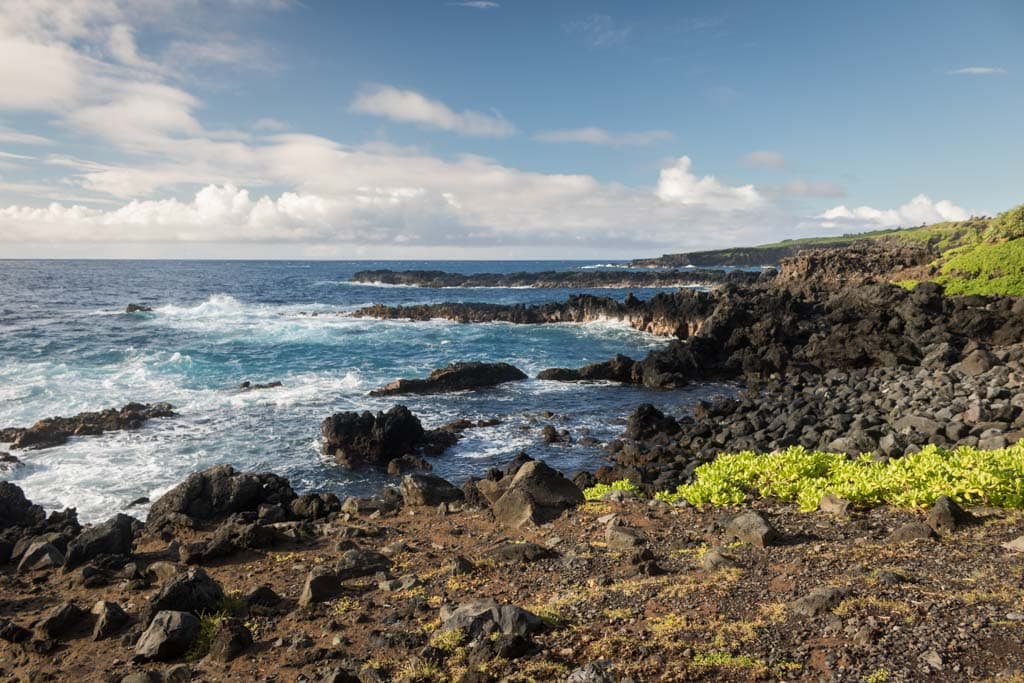
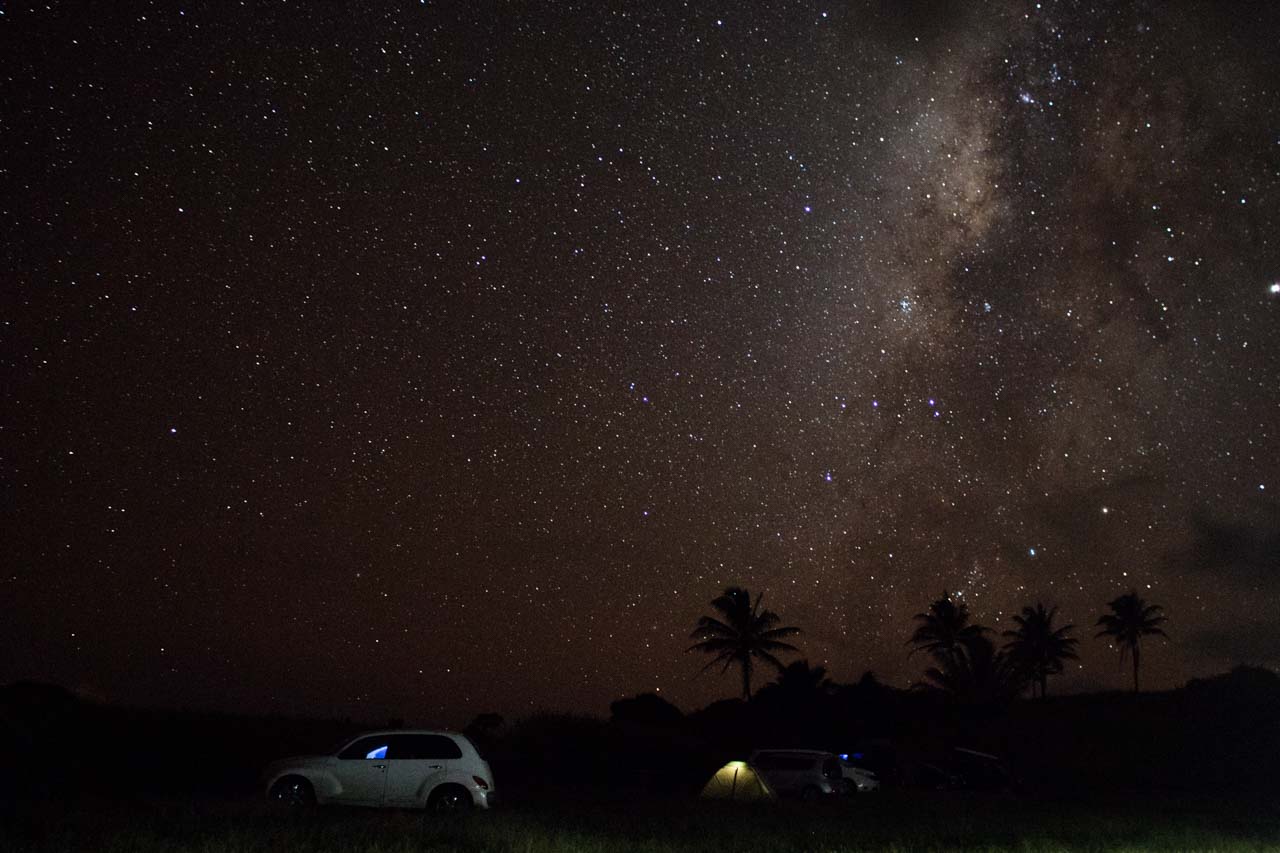

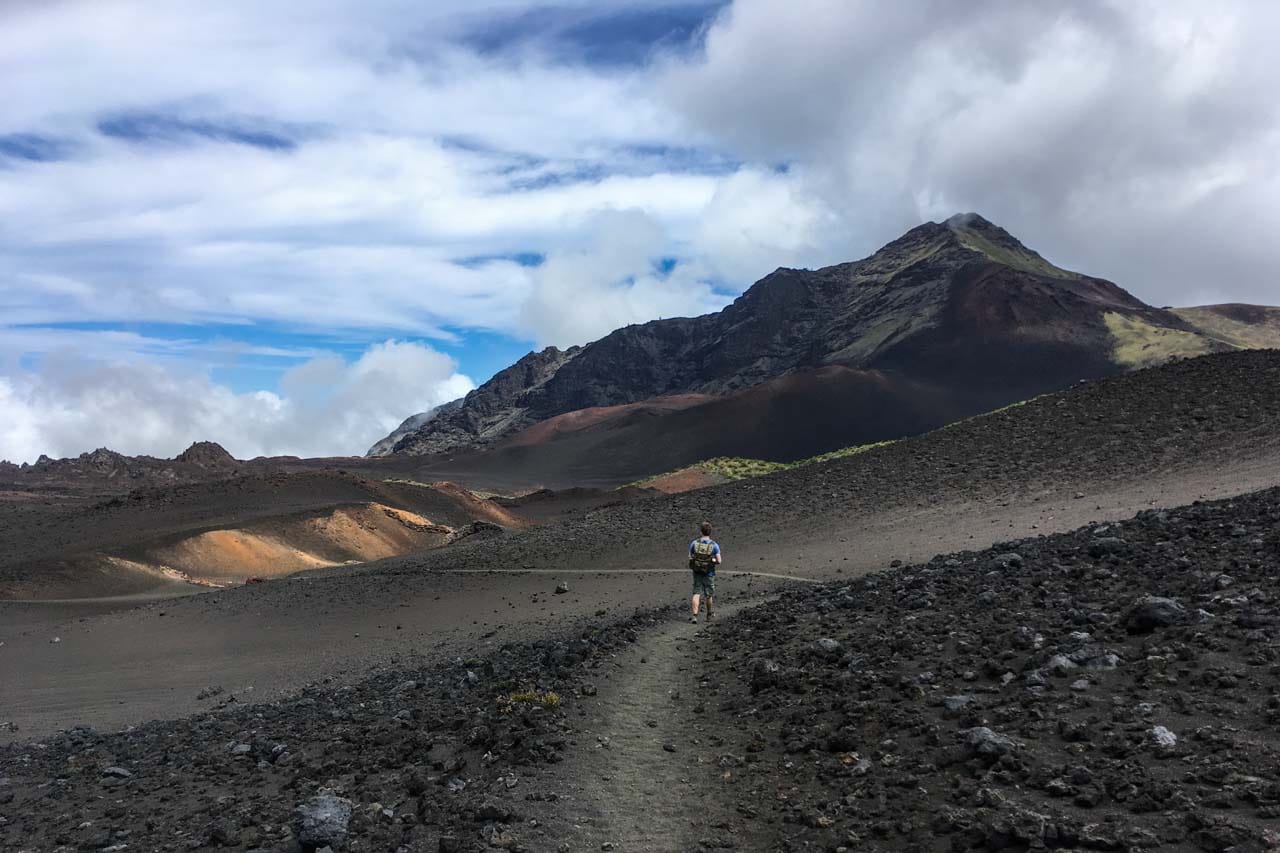
Even though winter is the wet season in Hawaii, that doesn’t mean visiting the Hawaiian national parks is a bad idea. Rather the contrary, in fact, winter in Hawaii is absolutely amazing.
Temperatures remain high throughout the year in most areas, while more precipitation means even lusher tropical scenery.
Haleakalā National Park in Maui, for example, is a phenomenal winter destination. Thanks to its wide range of elevations between the coastal Kīpahulu District and the Summit District, there’s usually some enjoyable weather to be found somewhere in the park.
The Kīpahulu District, for example, has daytime temperatures that range between 70 and 80 degrees year-round, including in winter. This lush area, home to palm trees, waterfalls and natural swimming holes, does get its fair share of rainfall, though, so remember to bring appropriate clothing.
At the spectacular summit of Haleakalā, it can get significantly colder. The National Park Service says that “on average, the temperature drops about 3°F for every 1,000 foot rise in elevation, making the 10,023 foot summit of Haleakalā about 30°F cooler than the coast.”
Popular winter activities in Haleakalā National Park include swimming, camping, hiking, bird watching, photography, sunrise and sunset viewing, and stargazing.
More About Haleakalā National Park
- Park Website
- Travel Guide
- Topographic Map
- Best Haleakalā Hikes
- Top Things To Do in Haleakalā National Park
- Accommodation
4. Hawai‘i Volcanoes National Park, Hawaii
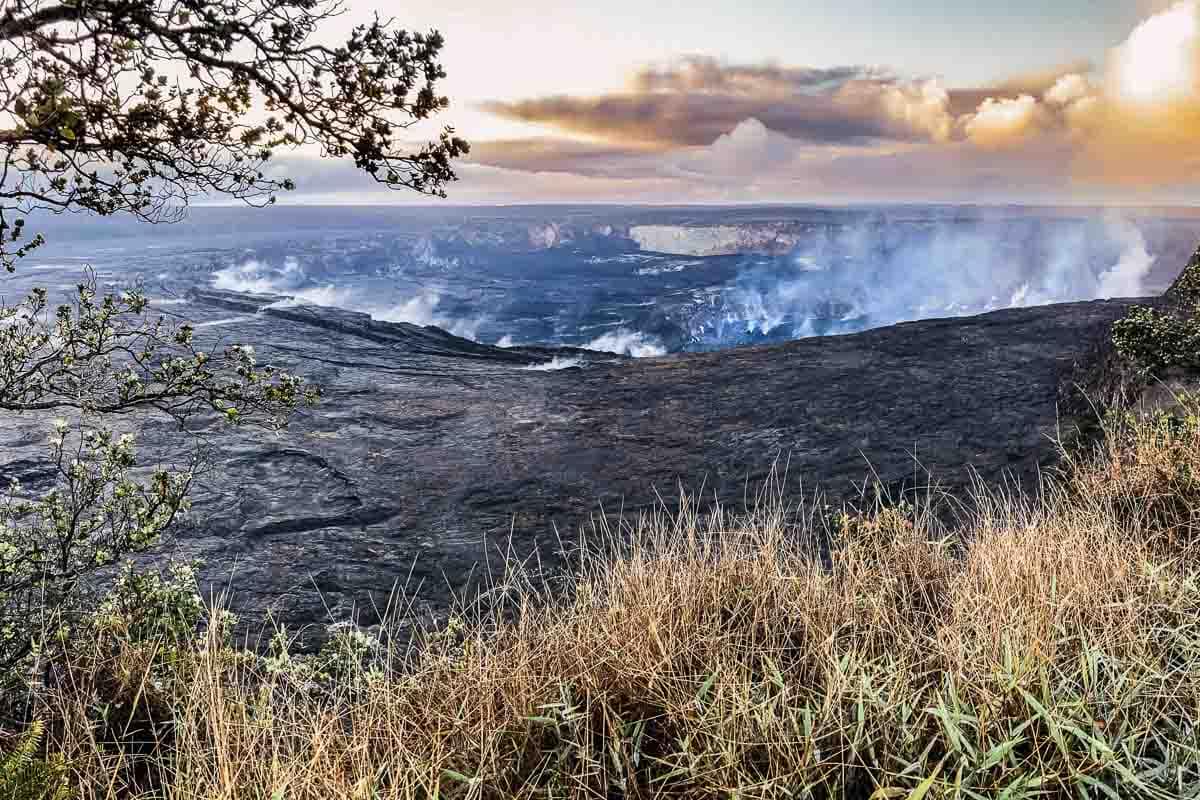
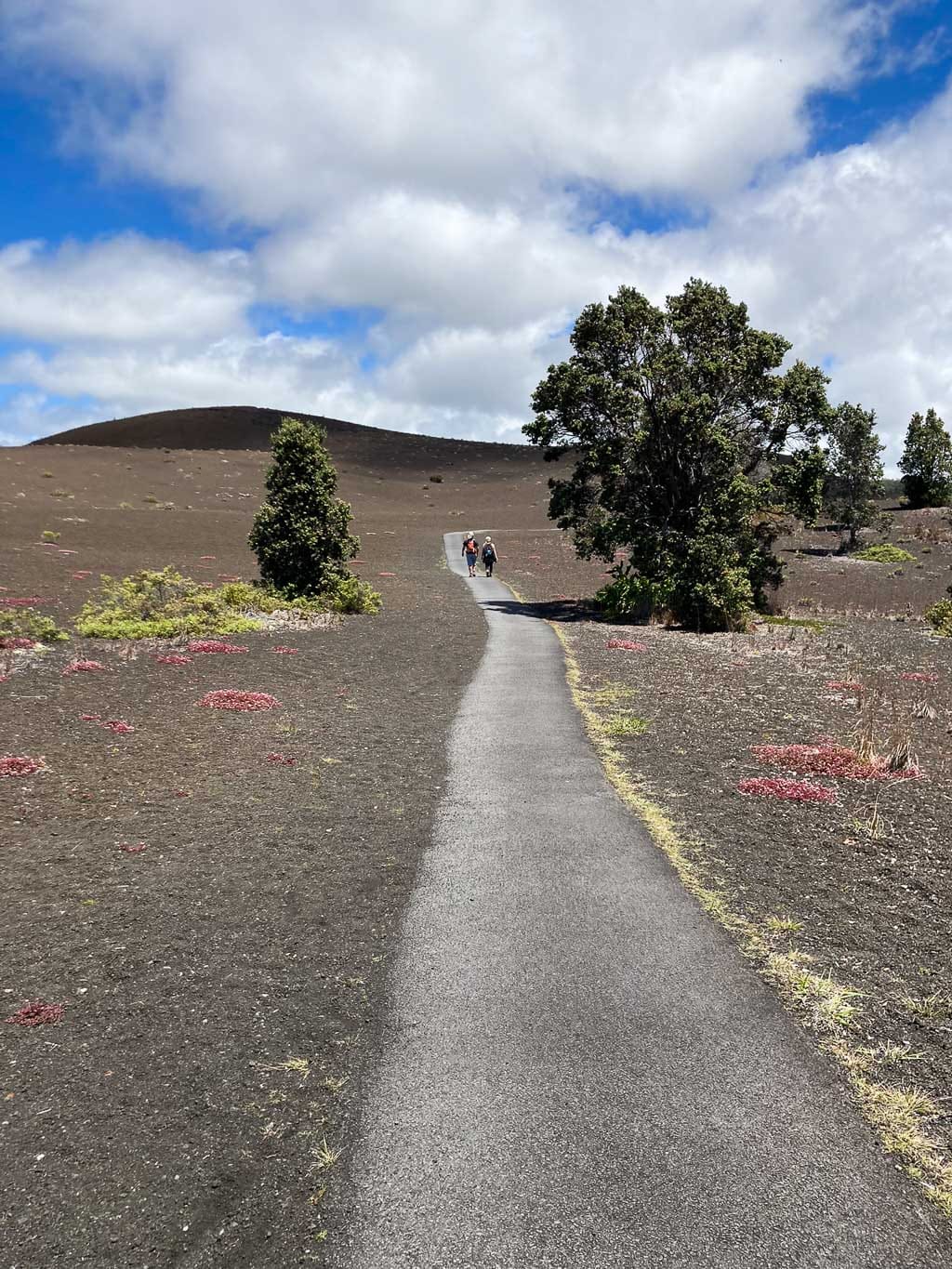
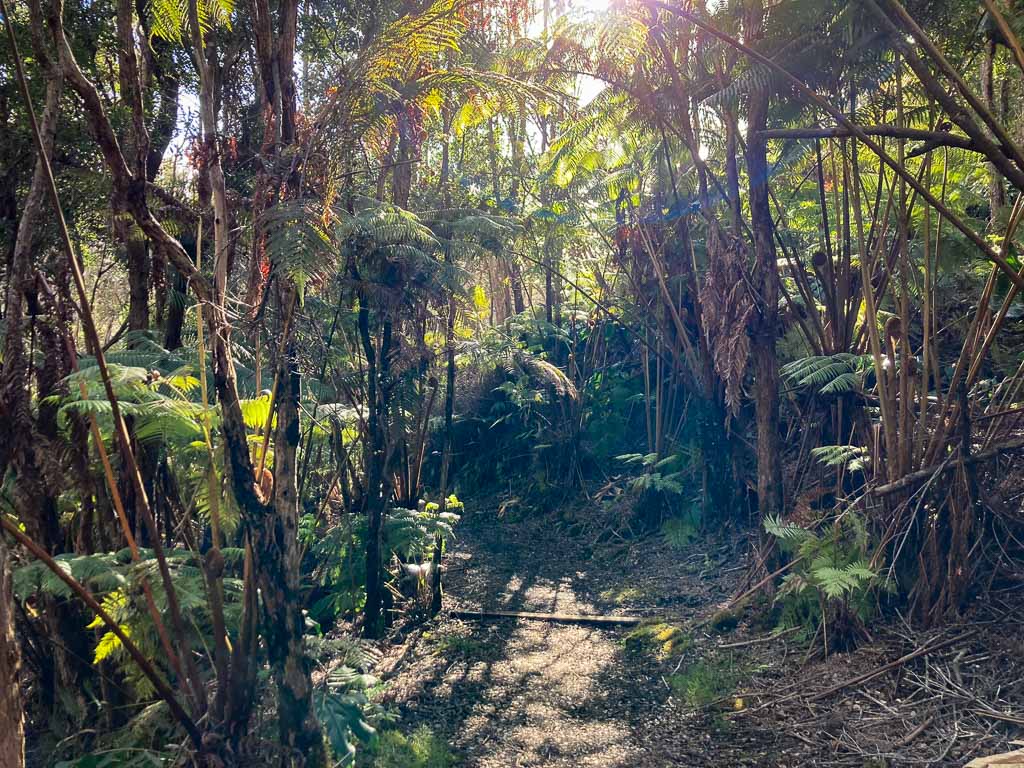

The second national park in Hawaii is Hawai‘i Volcanoes National Park, located on the Big Island. Home to both Kīlauea and Mauna Loa, two of the most active and biggest volcanoes on the planet, this is a fascinating national park to visit in winter.
There are no distinctive seasons in Hawai‘i Volcanoes National Park. This basically means that temperatures in winter are as enjoyable as those in summer.
However, the park is notorious for its rapidly changing weather—mist can roll in at any time, while evenings usually bring some rainfall. Chilly temperatures can also occur unexpectedly. Prepare and bring proper clothing for both sunny and rainy weather.
The park’s significant precipitation does, on the other hand, result in a gorgeous rain forest wonderland.
Numerous hiking trails run through verdant tropical forests, some descending into volcanic craters, others leading to jaw-dropping views. The park also has a few scenic drives, which run past historic sites, overlooks and other attractions.
Visitation numbers are fairly steady throughout the year, mainly because the park’s weather doesn’t change much.
Peak visitation occurs around holiday periods, such as Christmas, New Year’s and the Fourth of July, as well as whenever one (or both) of the park’s volcanoes are erupting.
More About Hawai‘i Volcanoes National Park
- Park Website
- Travel Guide
- Topographic Map
- Best Hawai‘i Volcanoes Hikes
- Top Things To Do in Hawai‘i Volcanoes National Park
- Viewpoints
- Accommodation
3. Dry Tortugas National Park, Florida
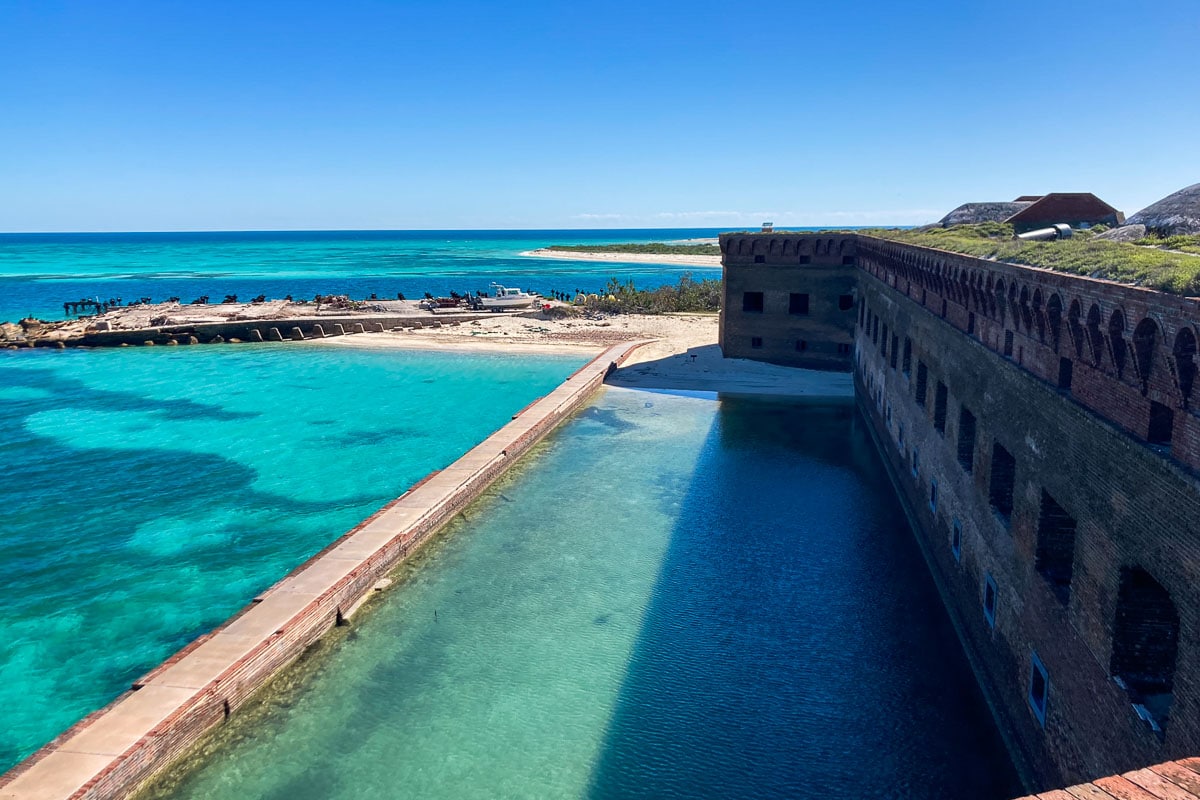
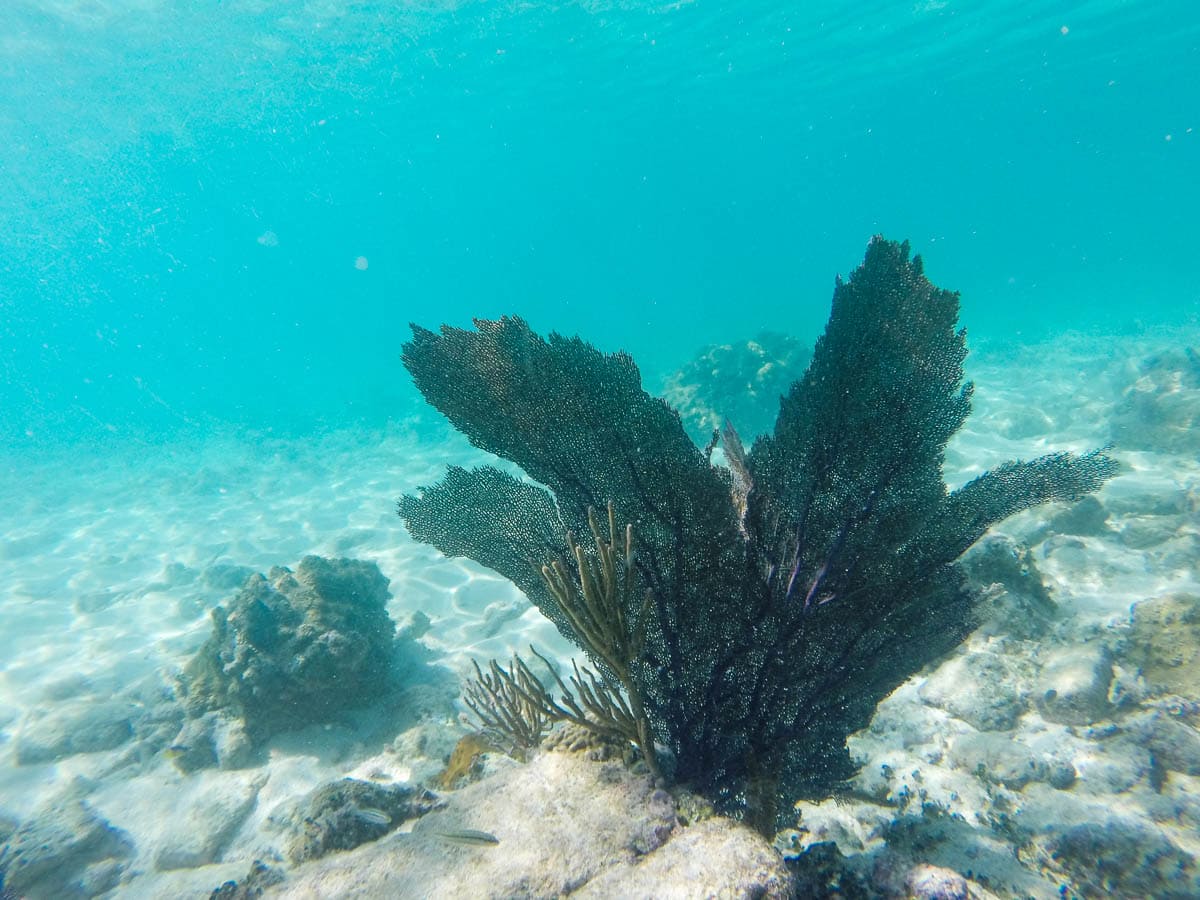
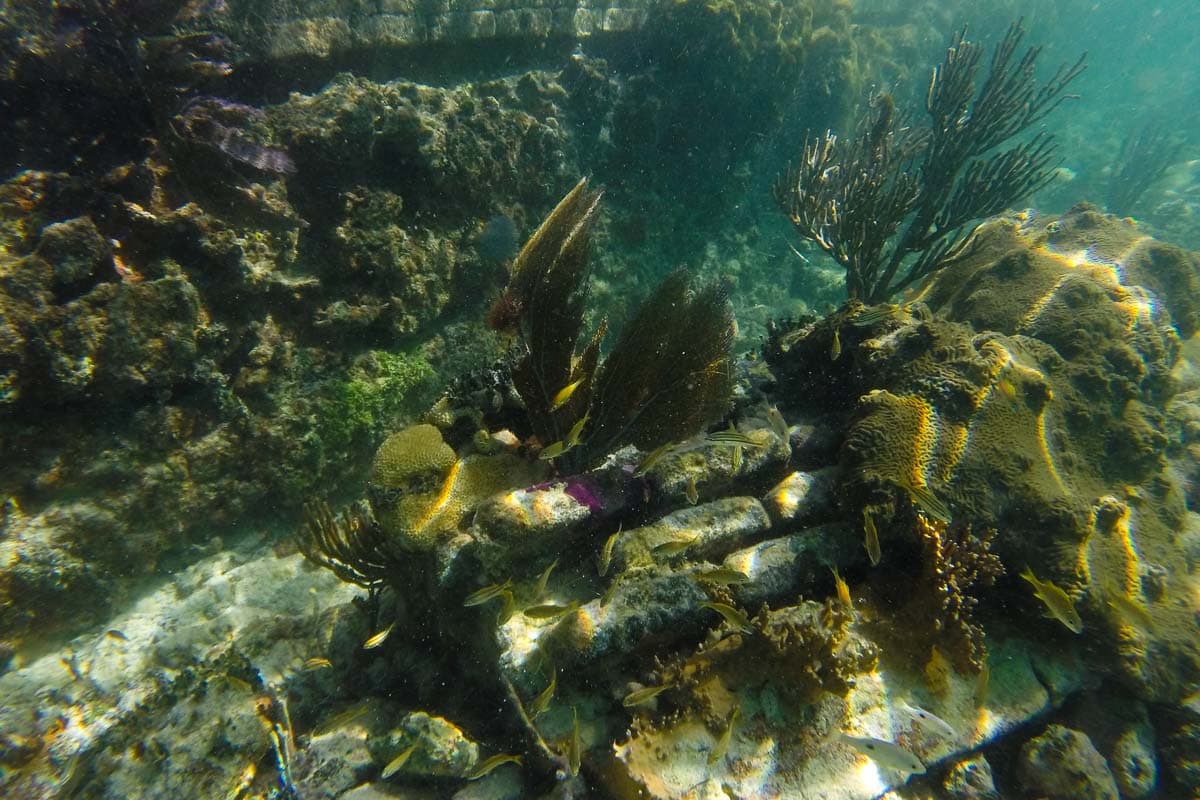
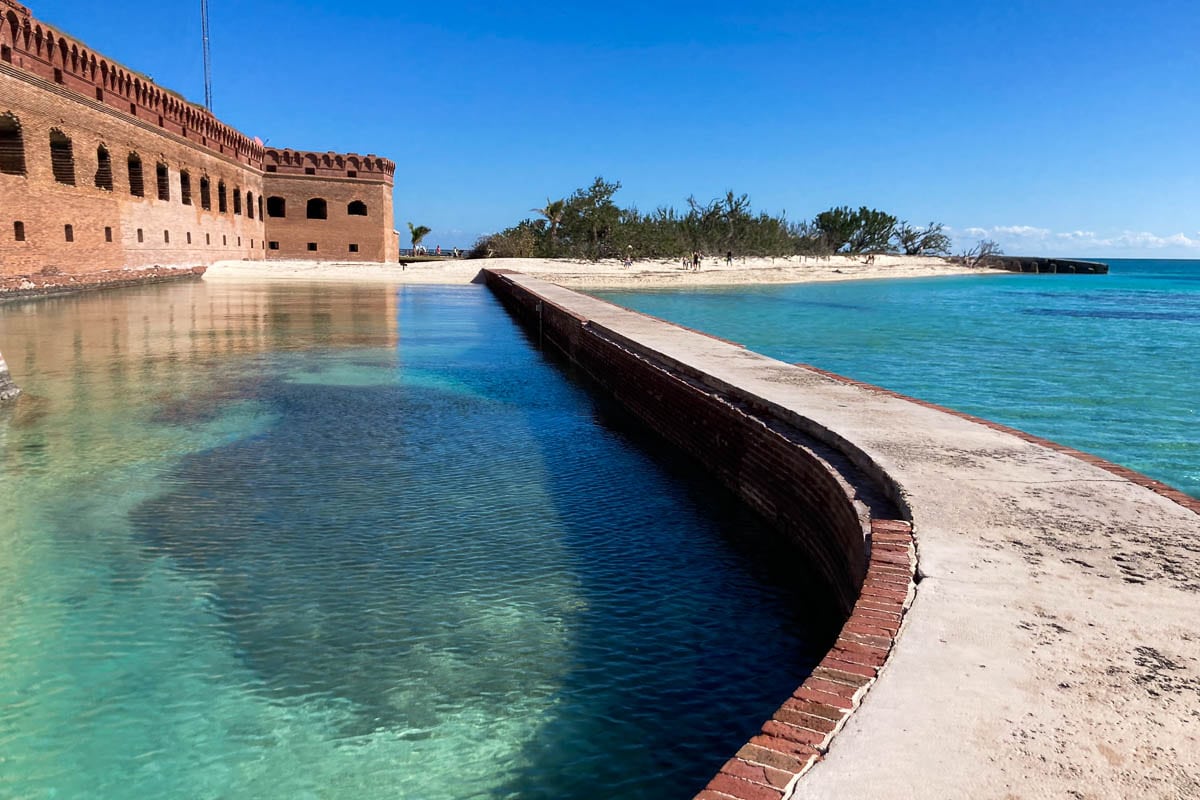
One of the least accessible national parks in America, Dry Tortugas National Park is almost 70 miles west of Key West. It’s only reachable by seaplane or boat.
This is a glorious destination all year, but it’s particularly amazing in winter, not in the least because it’s one of America’s greatest tropical destinations.
Winter in Dry Tortugas National Park is warm, typically sunny and—well—dry. The park was named after its dry conditions, specifically its lack of freshwater sources, and the many turtles that frequent its shallow turquoise waters.
From November to April, there can be the occasional windstorm, though, which cause swells and waves, and reduce visibility underwater. That said, however, winter is not the hurricane season in southern Florida, so you don’t have to worry about that at all.
In general, visiting Dry Tortugas National Park in winter is a great idea. You can expect beautiful sunny weather and very comfortable temperatures.
Highlights include massive Fort Jefferson, which is the largest brick building in the Americas, stunning beaches, and world-class snorkeling and scuba diving.
The Yankee Freedom catamaran is the most popular way to get to the Dry Tortugas from Key West.
More About Dry Tortugas National Park
2. Everglades National Park, Florida
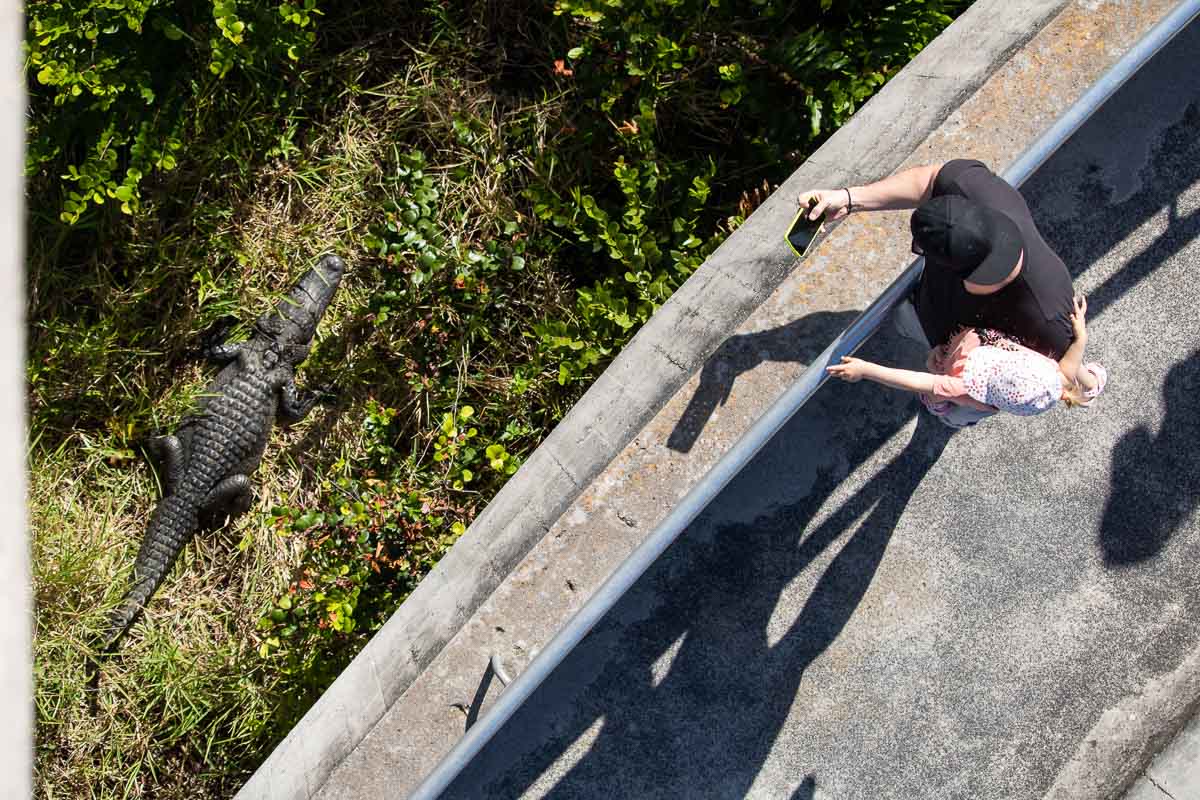

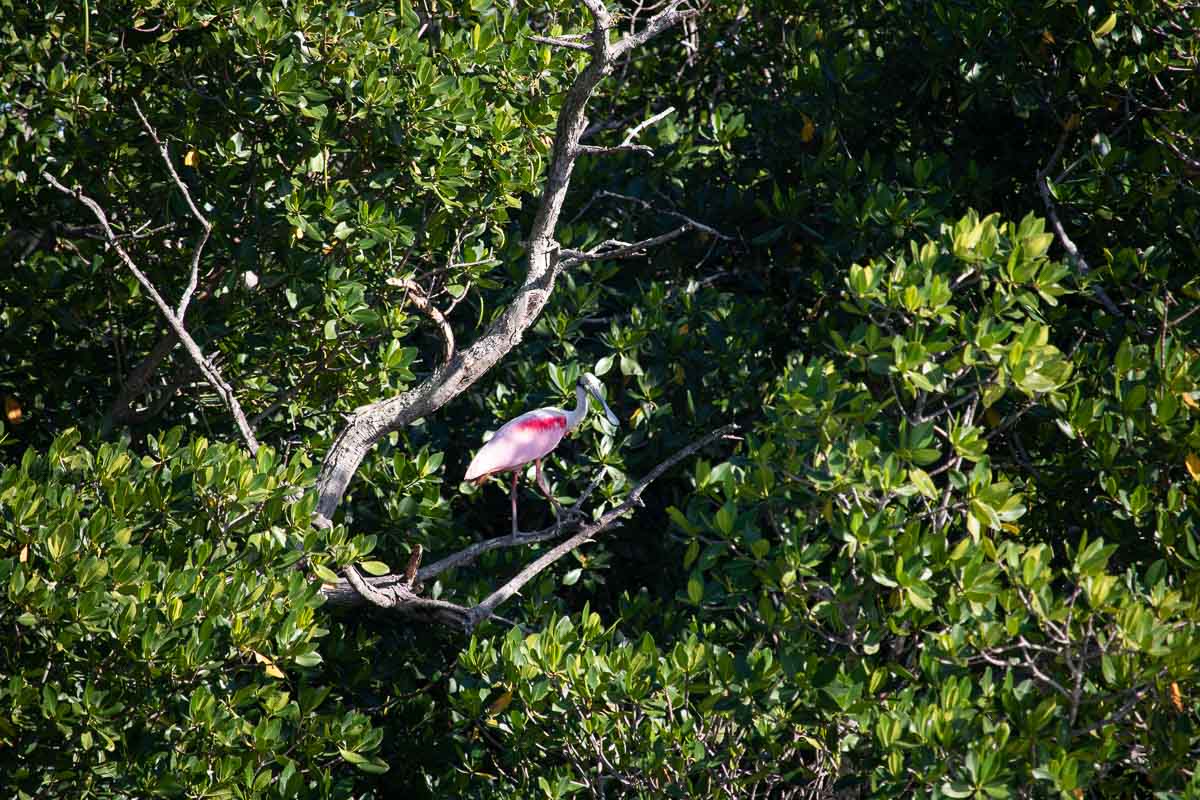
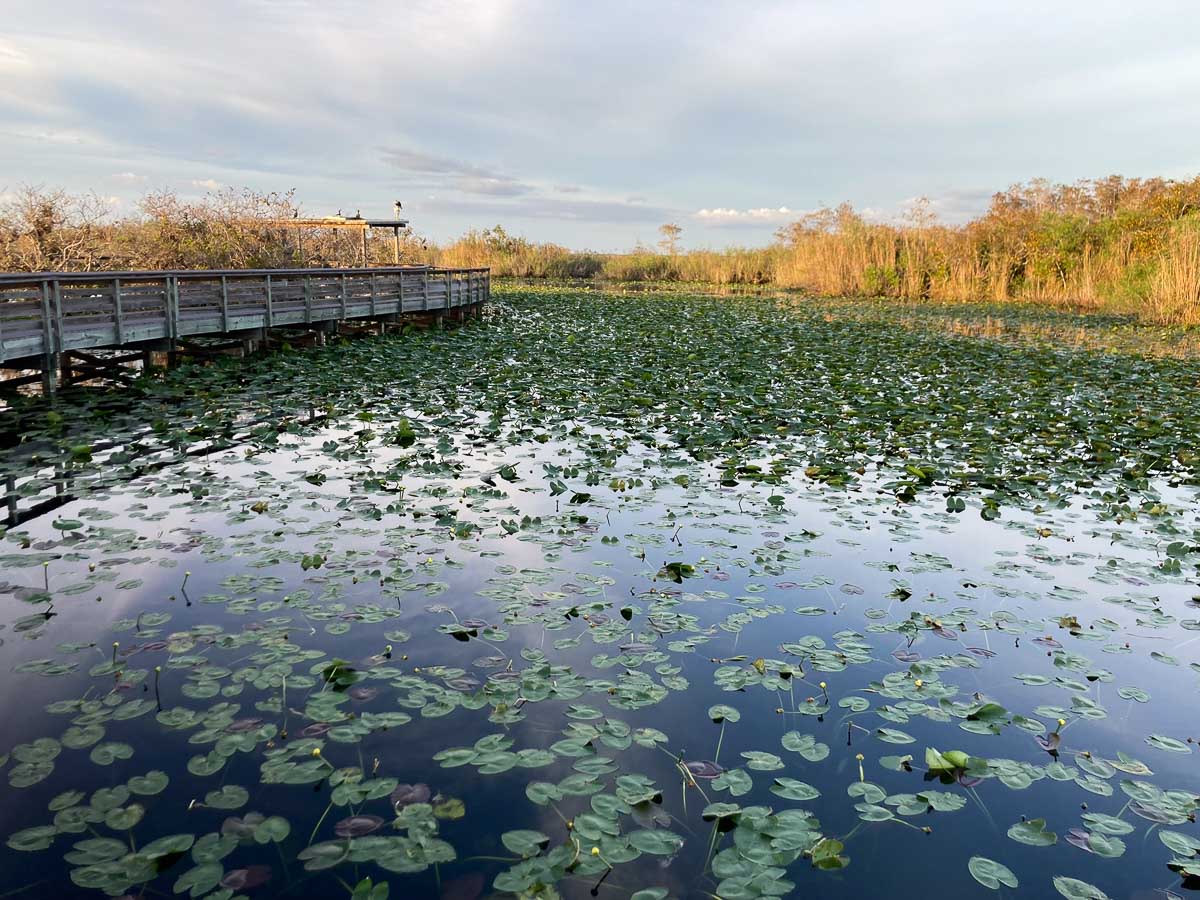
Some people might disagree with Everglades National Park’s number two spot on this warm national parks list, but we think it totally deserves to be here.
This sprawling park southwest of Miami—the third-largest national park in the contiguous United States—can be visited throughout the year, but summer does come with high humidity, hot weather and relentless bugs.
Winter, on the other hand, has none of that. There are (almost) no bugs, humidity is low and temperatures more than comfortable. It’s a glorious time to explore “the river of grass,” whether you’re going canoeing or kayaking, joining a cruise or going on a wildlife excursion.
Both a UNESCO World Heritage Site and International Biosphere Reserve, Everglades National Park encompasses one of the world’s most important wetland regions.
For one, this is one of only a few places on Earth where both alligators and crocodiles live. Other marine animals you might spot include manatees, sharks and dolphins.
Everglades is also renowned around the world for its sheer abundance of birds. More than 300 species of birds call the park home, many of which you can see in winter.
Famous birds in the Everglades include anhingas, roseate spoonbills, great egrets, white-crowned pigeons, snail kites, osprey, red-shouldered hawks, wood storks, limpkins, and pelicans.
More About Everglades National Park
- Park Website
- Travel Guide
- Topographic Map
- Where to See Wildlife in Everglades National Park
- Best Everglades Bike Trails
- Top Attractions on the Everglades Main Park Road
- Top Things to Do in Flamingo
- Accommodation
1. Virgin Islands National Park, U.S. Virgin Islands
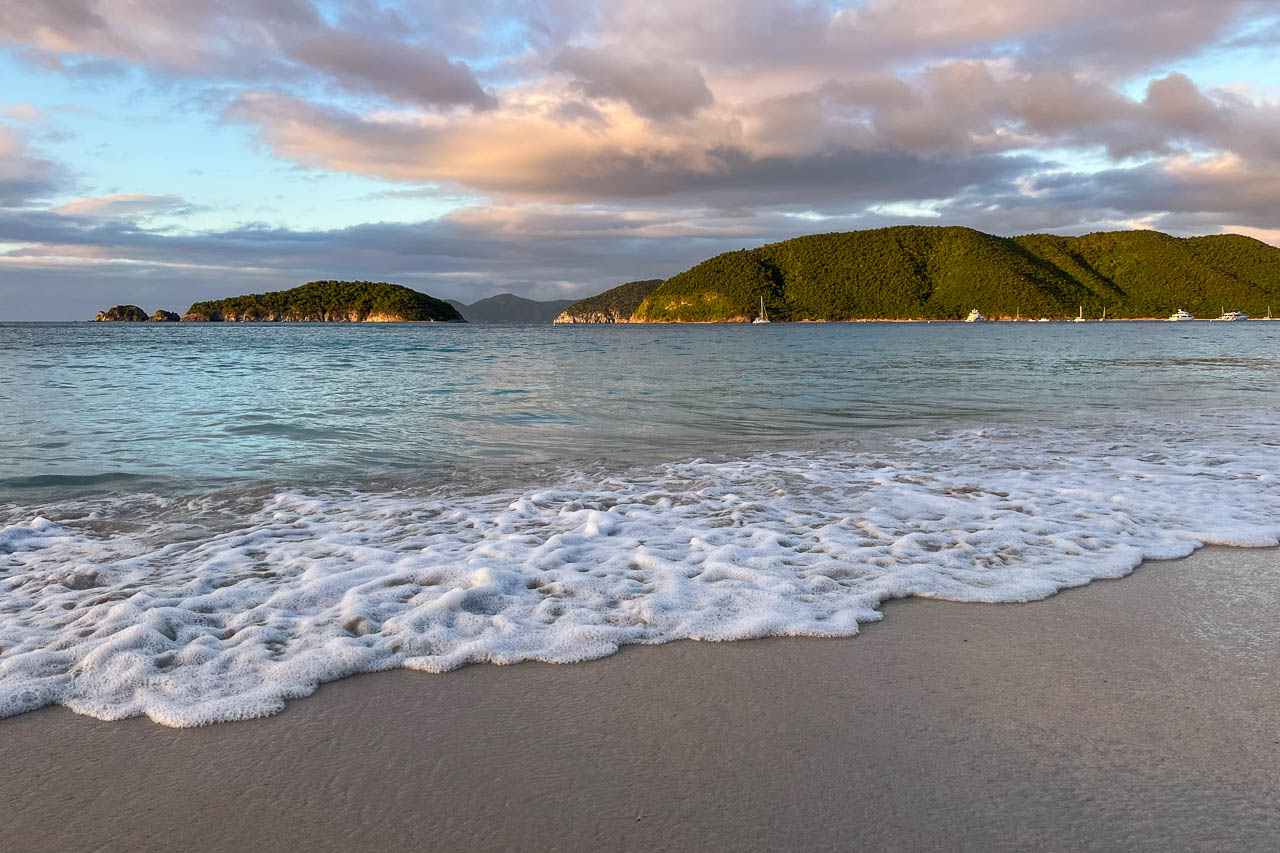
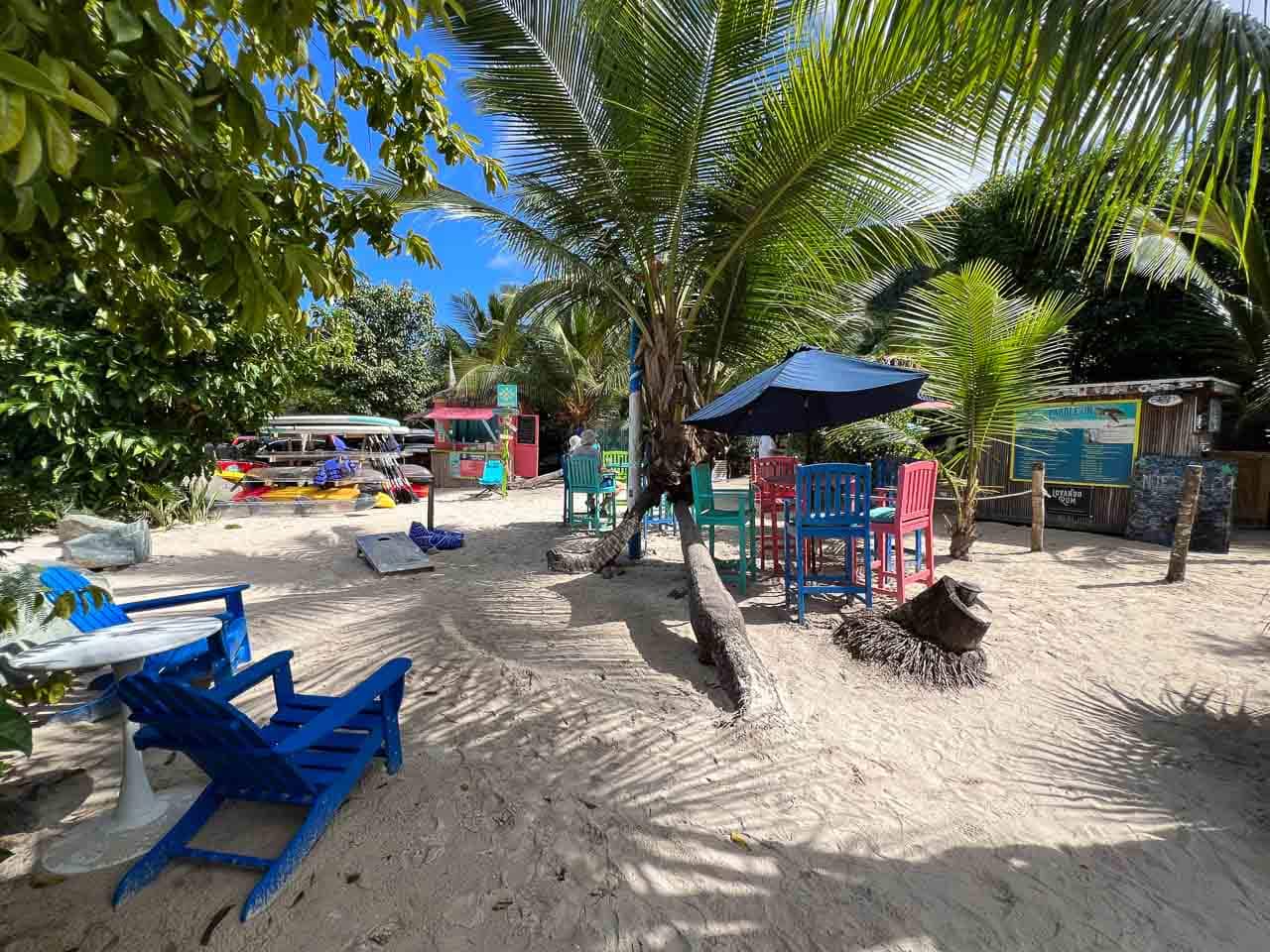
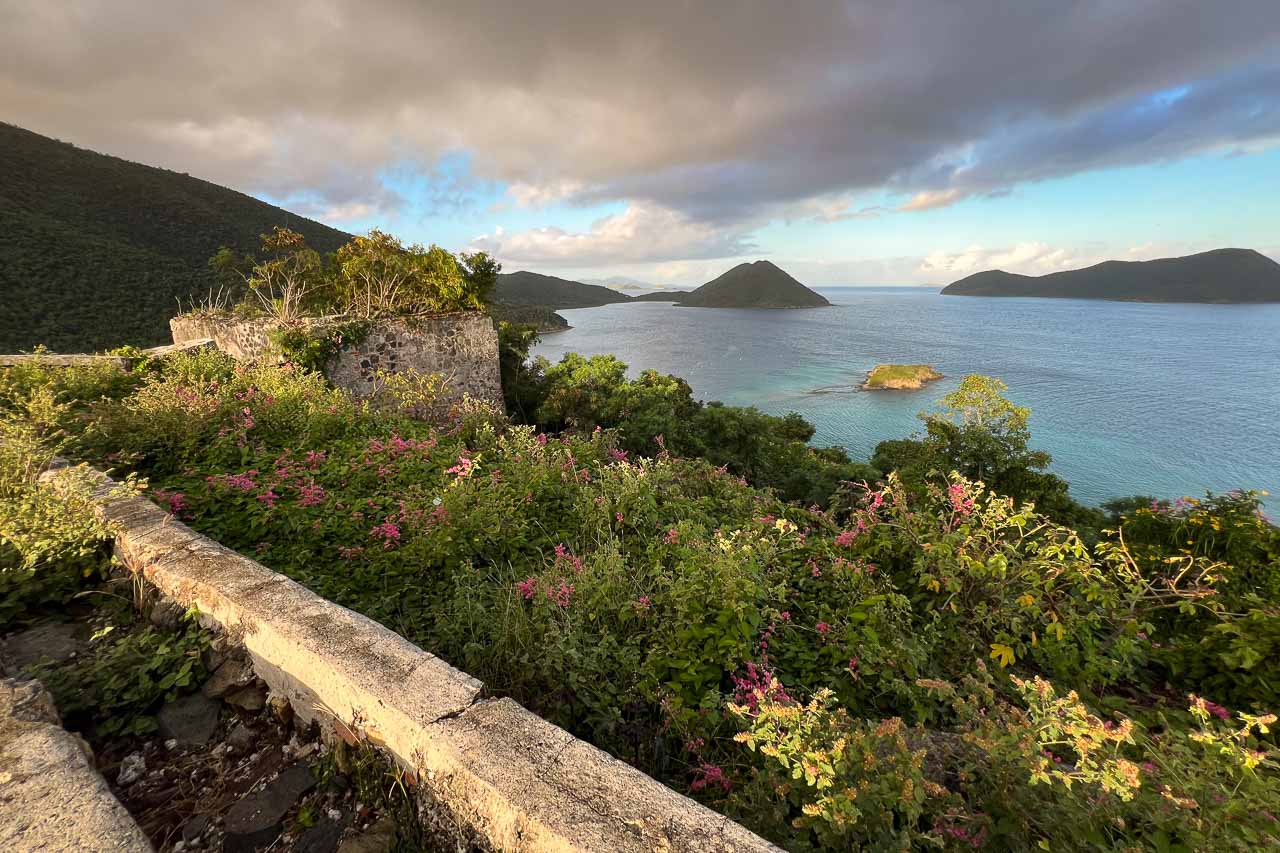
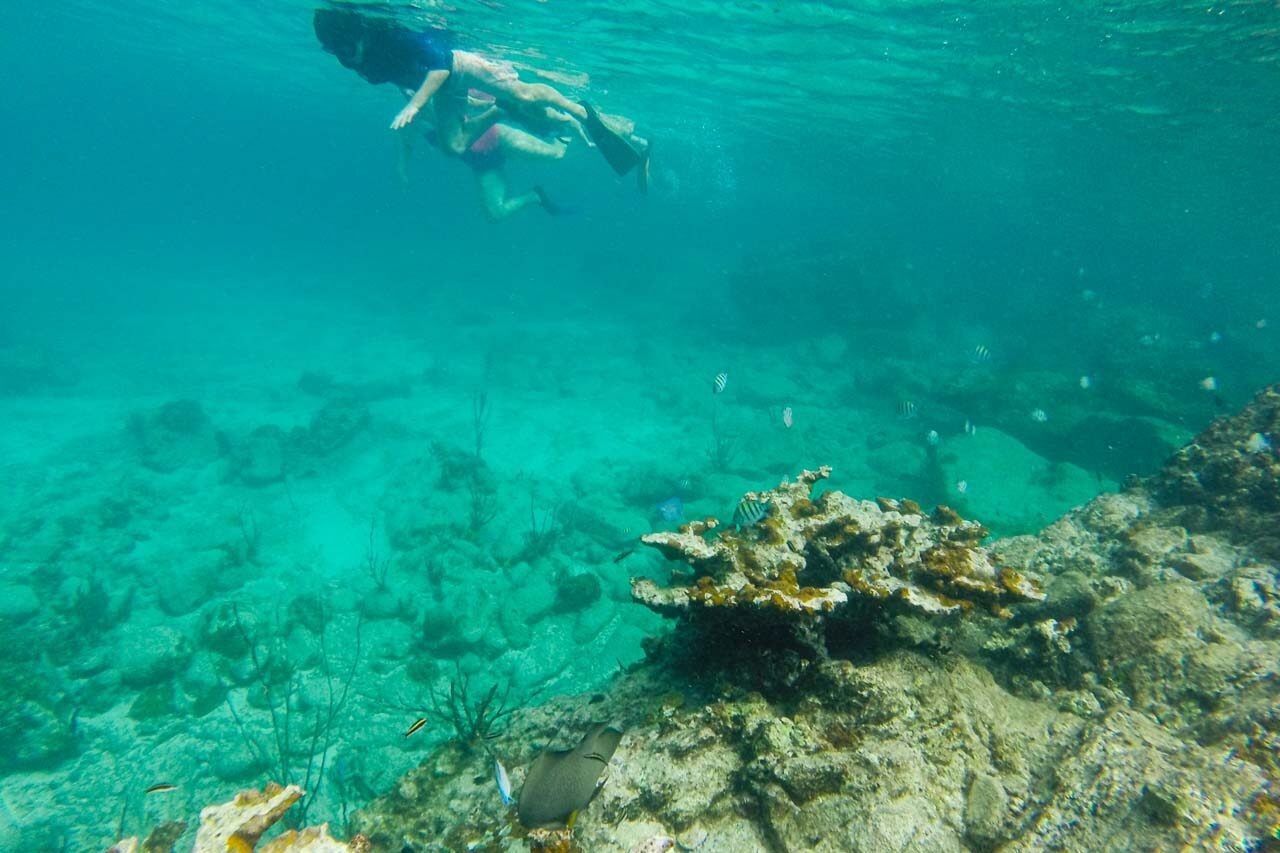
Virgin Islands National Park encompasses more than 60 percent of the island of St. John in the U.S. Virgin Islands. Additionally, the park also preserves thousands of acres of offshore waters, rocky shorelines, seagrass beds, and reefs.
A network of hiking trails crisscross the interior hills, peaceful paths that allow visitors to immerse themselves in tropical forests, visit the ruins of Danish sugar mills and plantations, and access remote beaches.
One of the park’s top attractions are its glorious white-sand beaches. Fringed by palm trees and sea grapes, some of these beaches are considered among the most beautiful on Earth—especially beaches like Honeymoon, Hawksnest, Trunk Bay, and Cinnamon are popular among park visitors.
In addition to sunbathing, you can also go sea kayaking, stand-up paddleboarding, and snorkeling. Especially the latter is a must-do activity when visiting Virgin Islands National Park. Below the water’s surface, you’ll find a stunning submerged world of corals, numerous tropical fish, sea urchins, stingrays, sea turtles, and octopuses.
Whatever you decide to do in Virgin Islands National Park, the National Park Service recommends to “pay no attention to your wristwatch; better yet, don’t even wear one. Adjust yourself instead to St. John’s slower pace.”
This is very much a park to slow down, relax, enjoy the magnificent tropical scenery, and soak up some Caribbean sun in the heart of winter.
Make sure to visit some of the park’s historic sights, particularly the sugar plantation ruins—but don’t feel guilty while spending entire afternoons on a beach, doing nothing more than snorkeling, sipping cocktails, and sunbathing. In fact, that’s exactly what Virgin Islands National Park is about.
Take the Park Service’s advice and “forget about trying to cram too many things into your visit. Ignore this advice and you will depart less enriched than those who have made a successful transition to island time.”
More About Virgin Islands National Park
- Park Website
- Travel Guide
- Topographic Map
- Most Beautiful Beaches in Virgin Islands National Park
- Places to Watch the Sunrise in Virgin Islands National Park
- Best Views in Virgin Islands National Park
- Best Hikes in Virgin Islands National Park
- Historic Plantation Ruins in Virgin Islands National Park
- Virgin Islands National Park Snorkeling Guide
- Accommodation
Other Warm National Parks to Visit in Winter
Besides the many warm national parks to visit in winter above, there are a few others that have enjoyable, if not downright fantastic, weather in winter.
- Pinnacles National Park, California
- Channel Islands National Park, California
Best National Parks by Month
Check out the following blog posts for the best national parks to visit in each specific month:
- January: Best National Parks to Visit in January
- February: Best National Parks to Visit in February
- December: Best National Parks to Visit in December
This is a brand new series I’ve started, so the list will be expanded as I publish new blog posts for each month.


